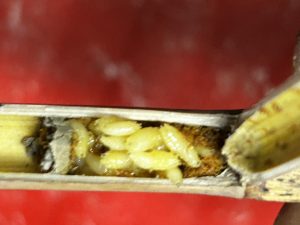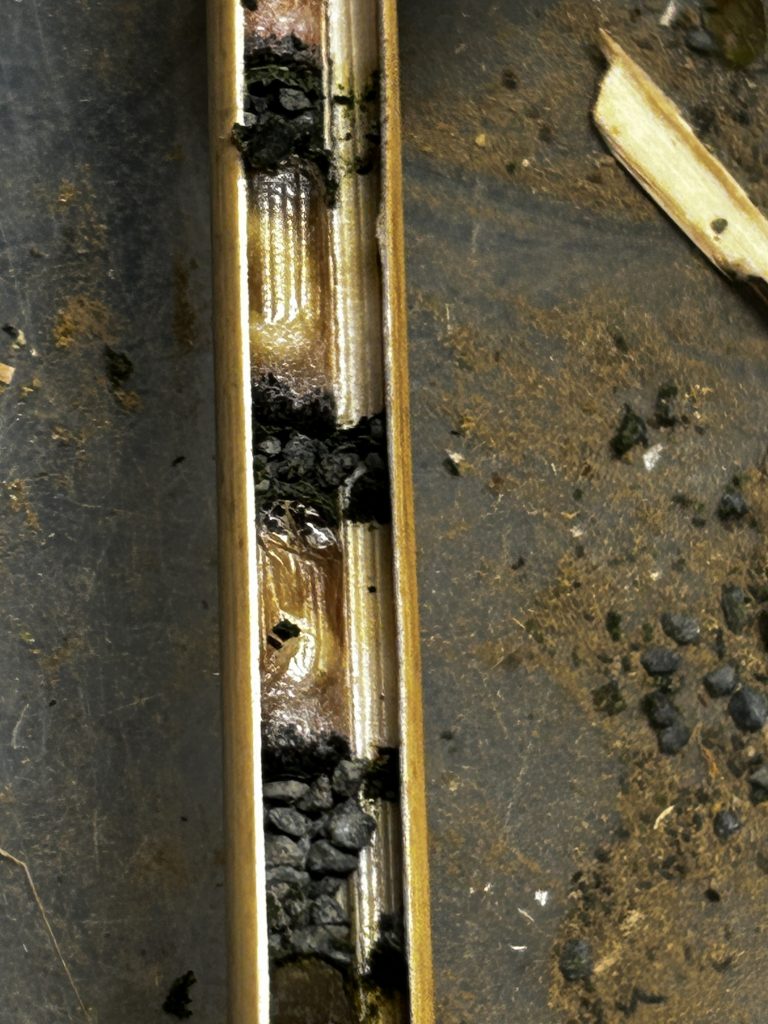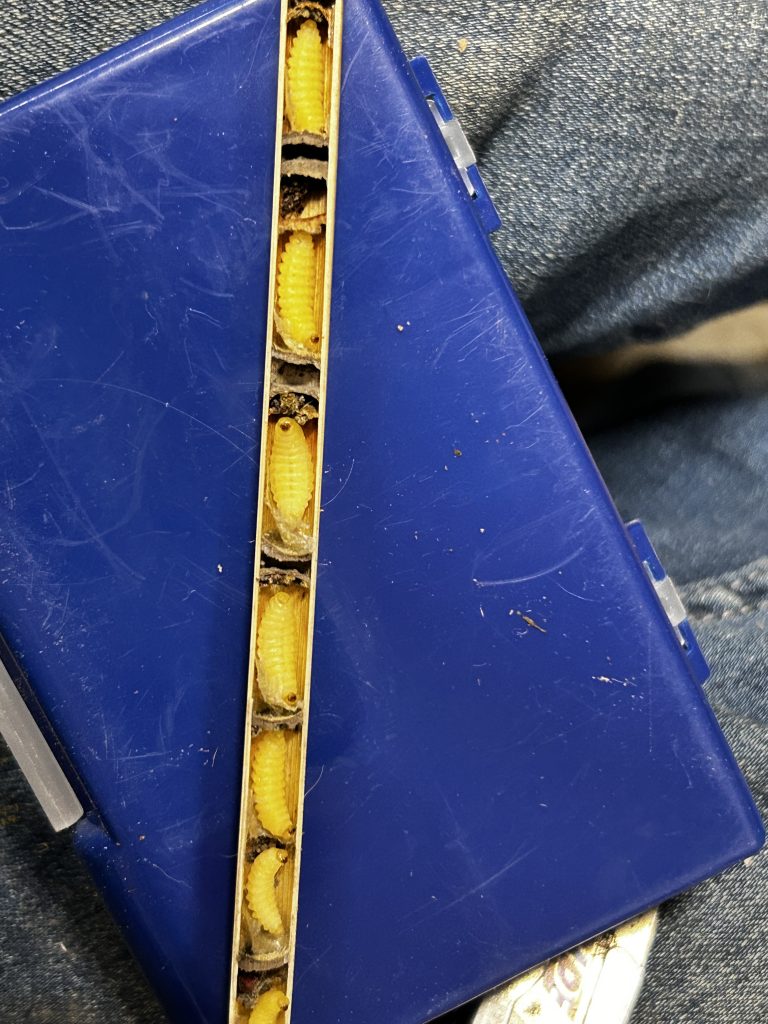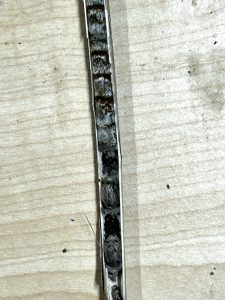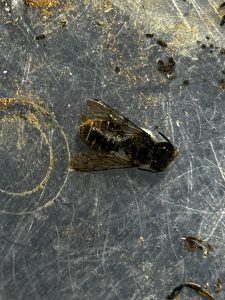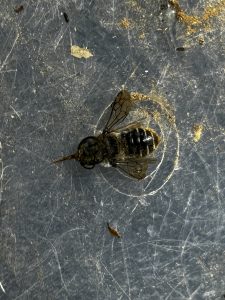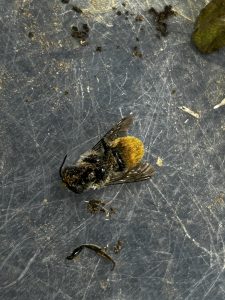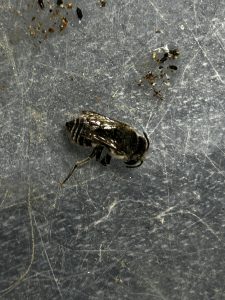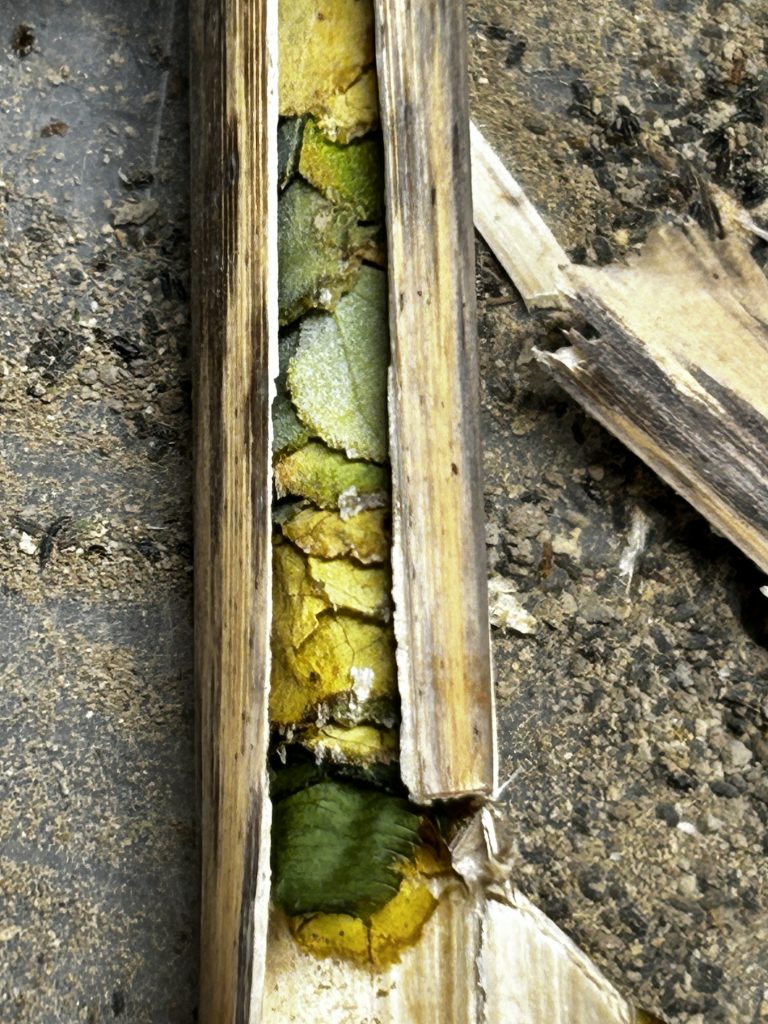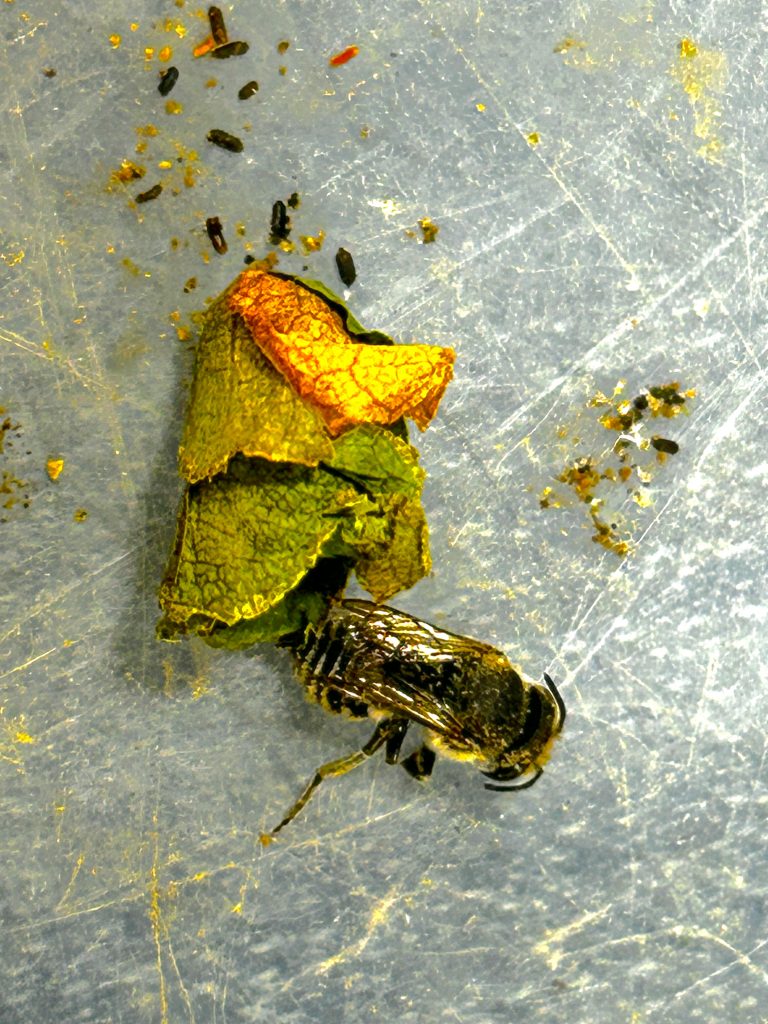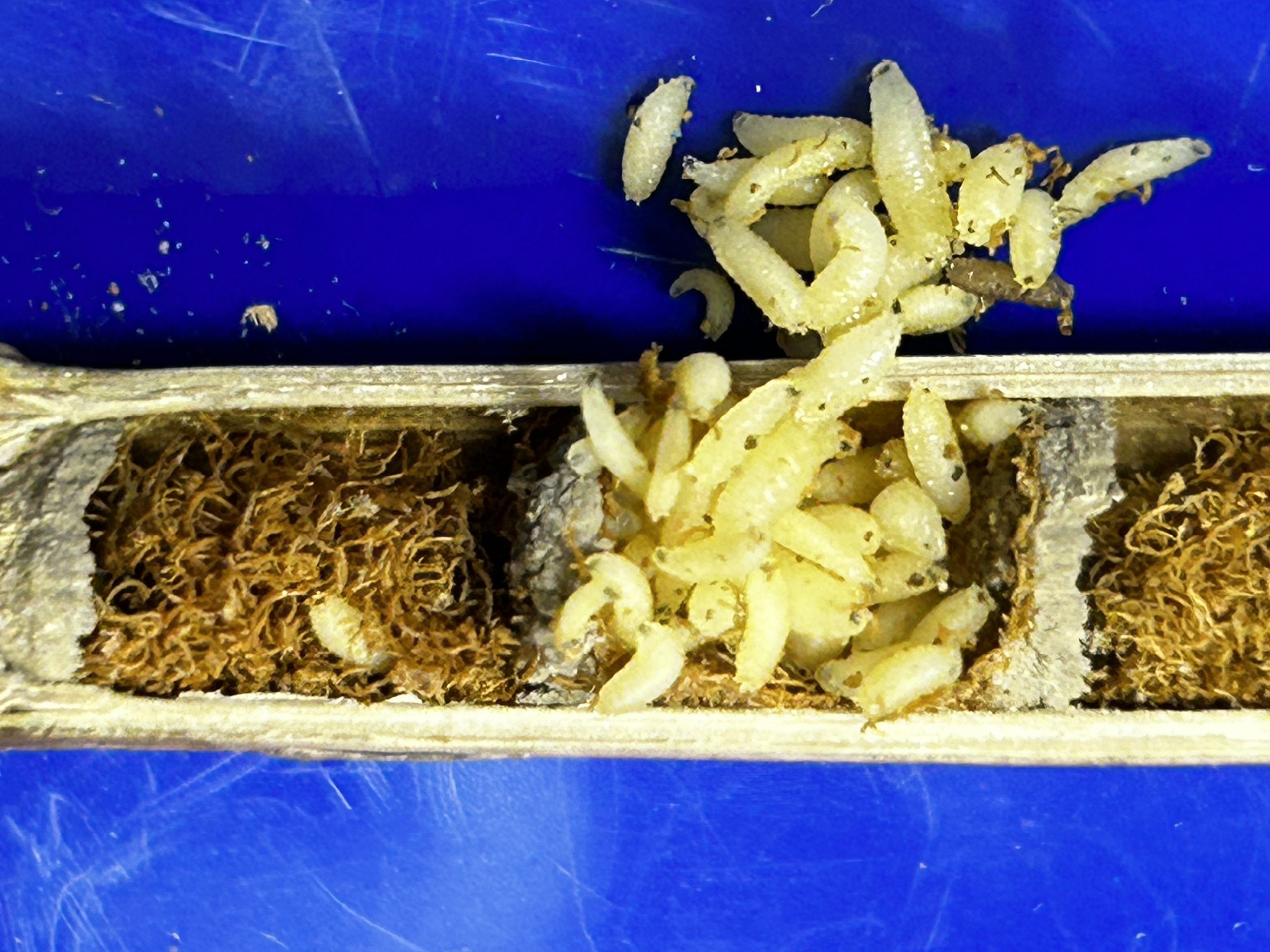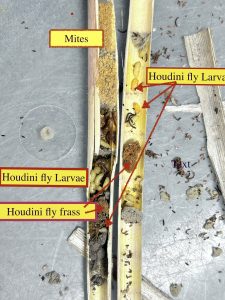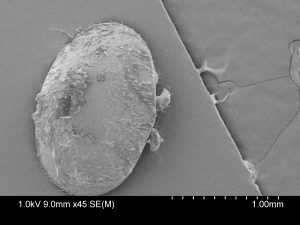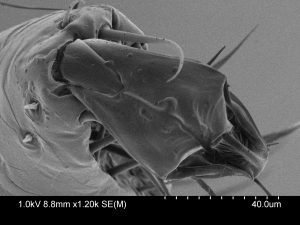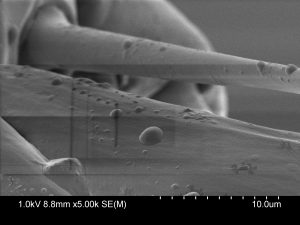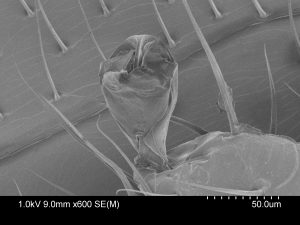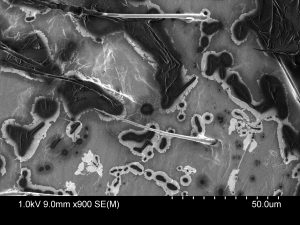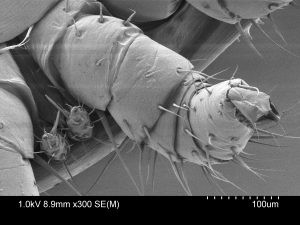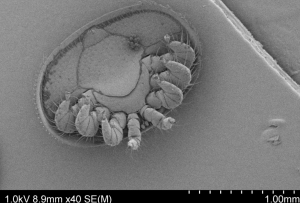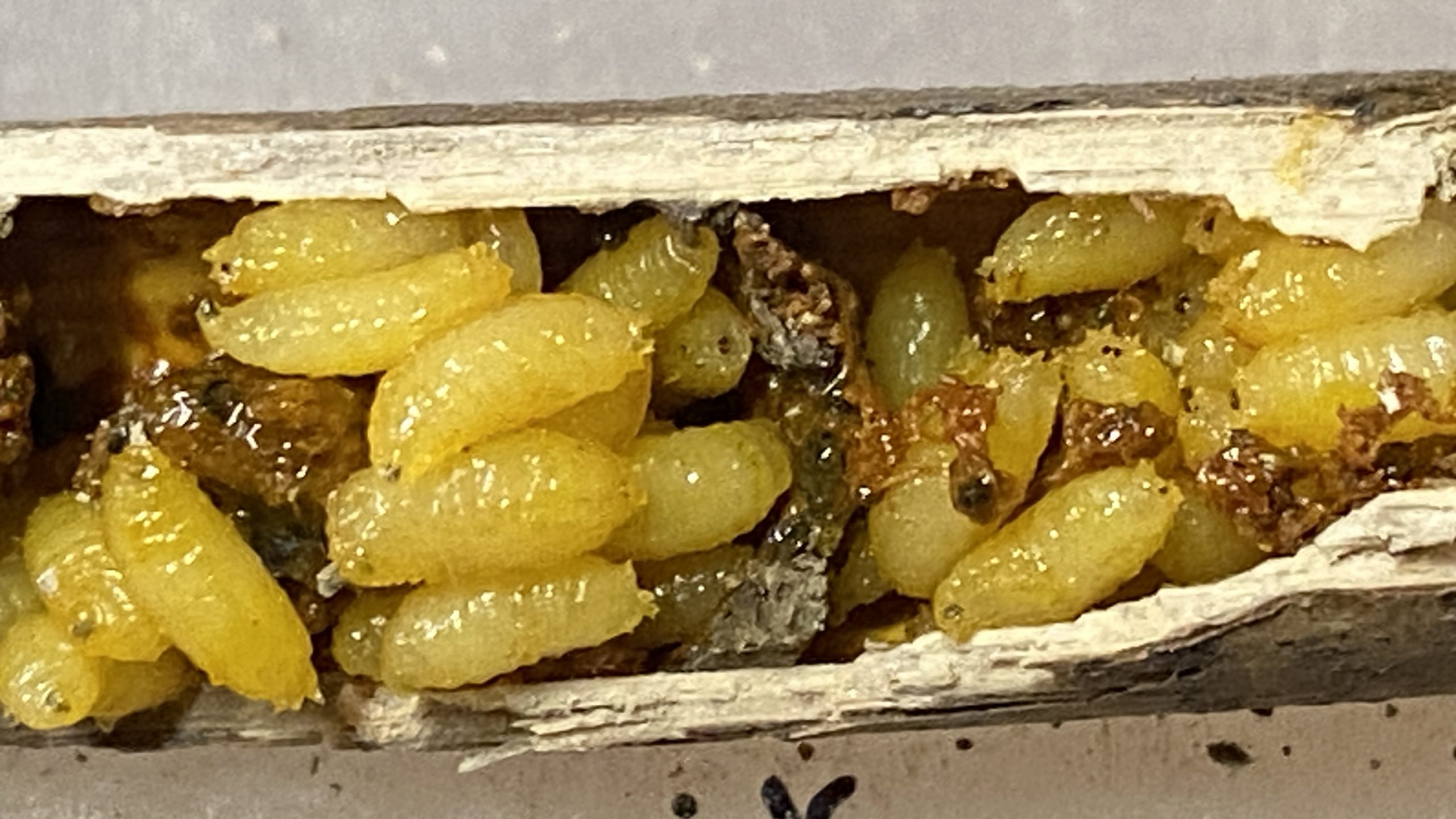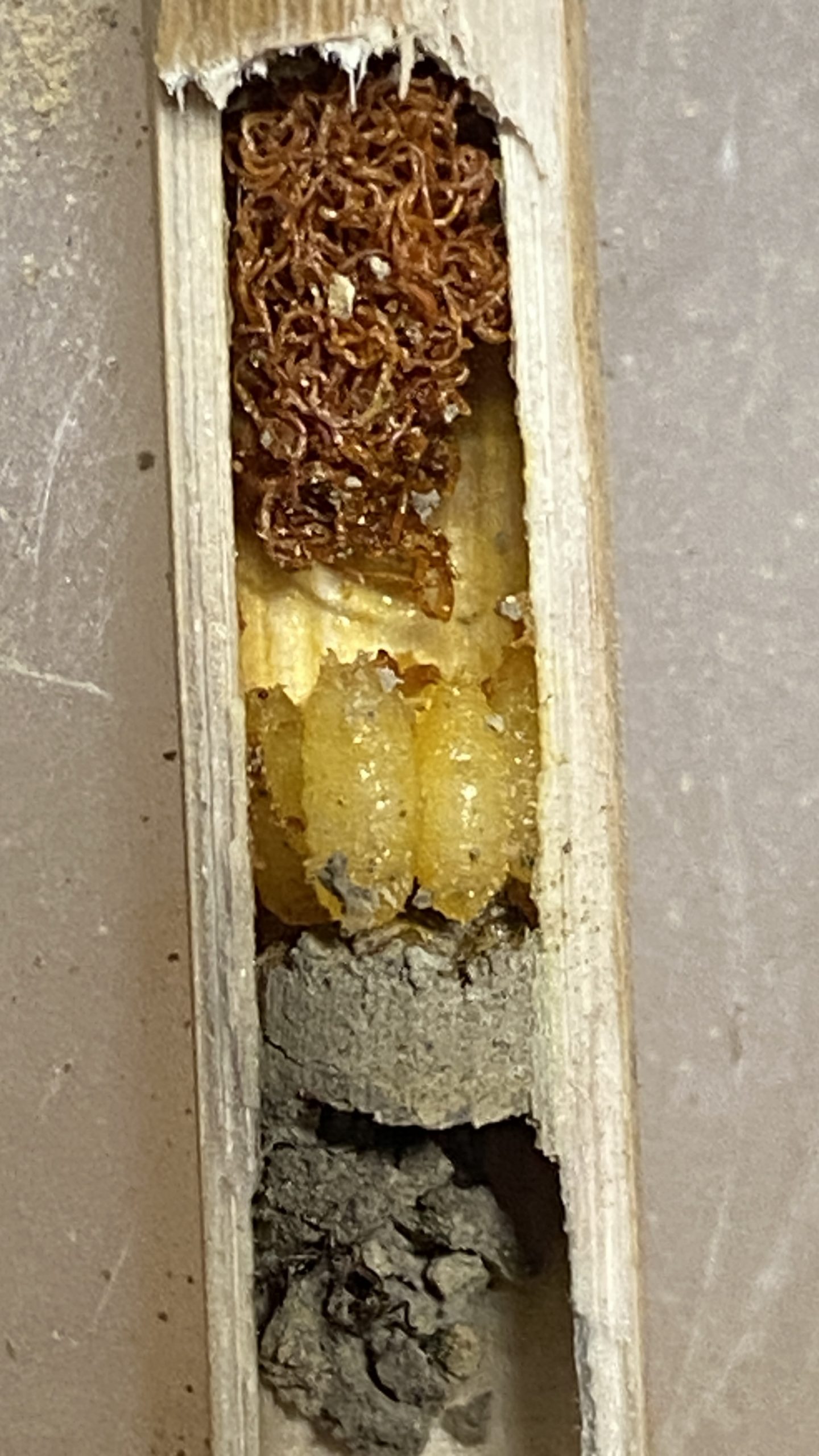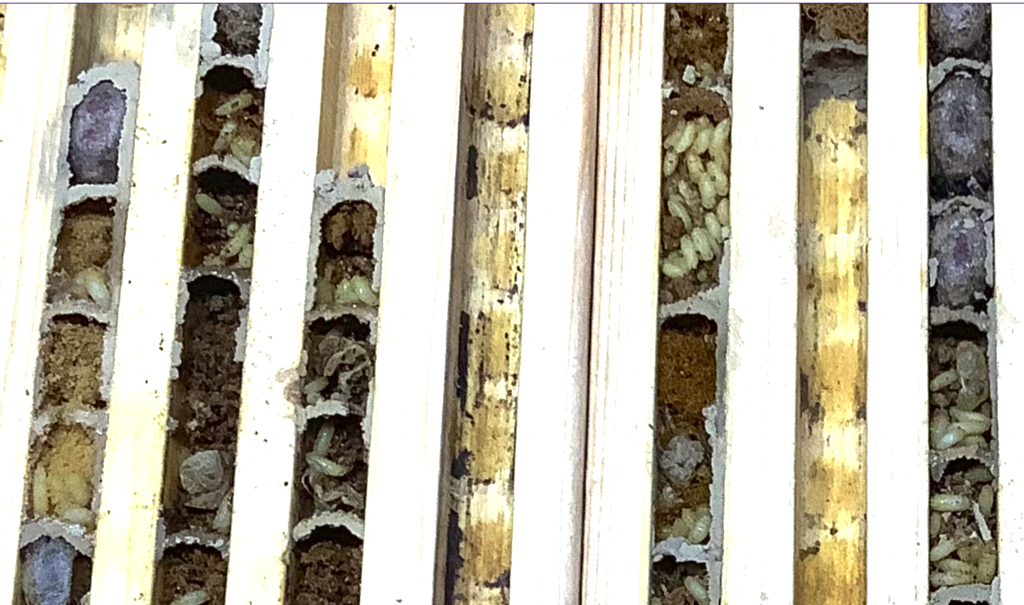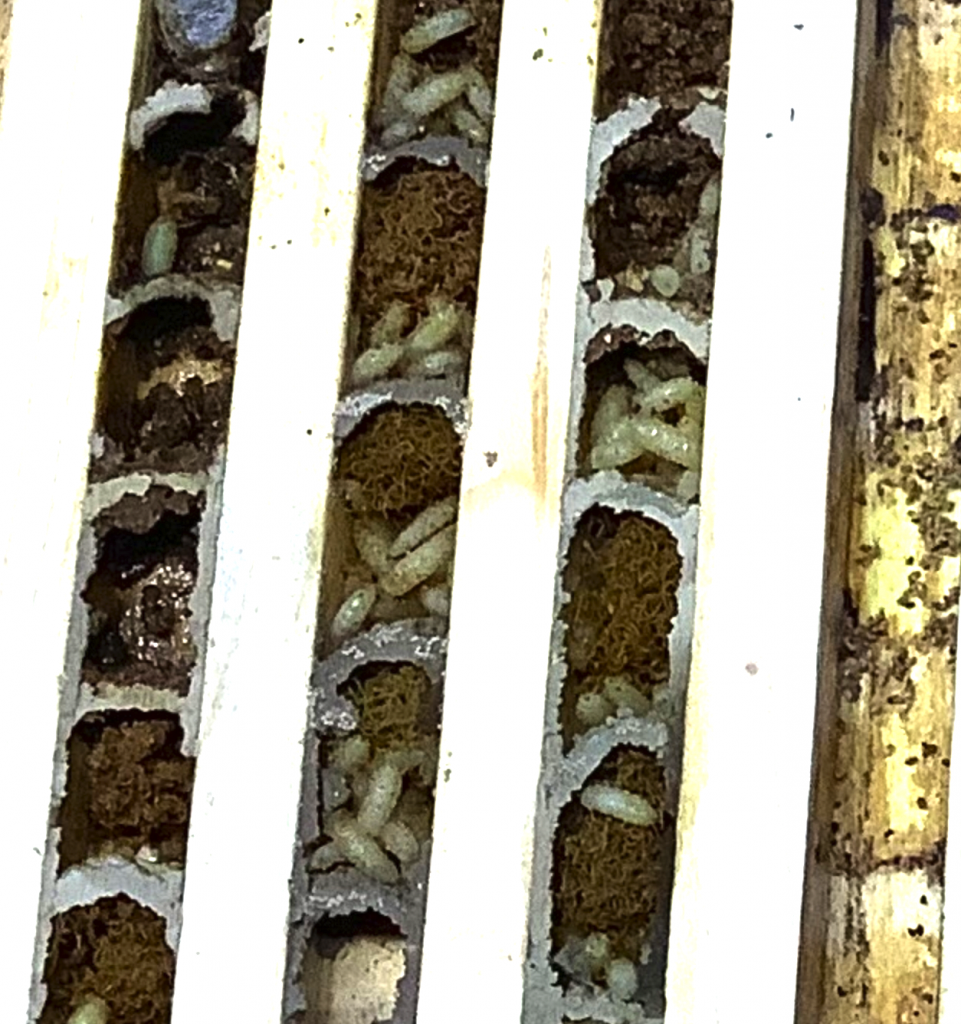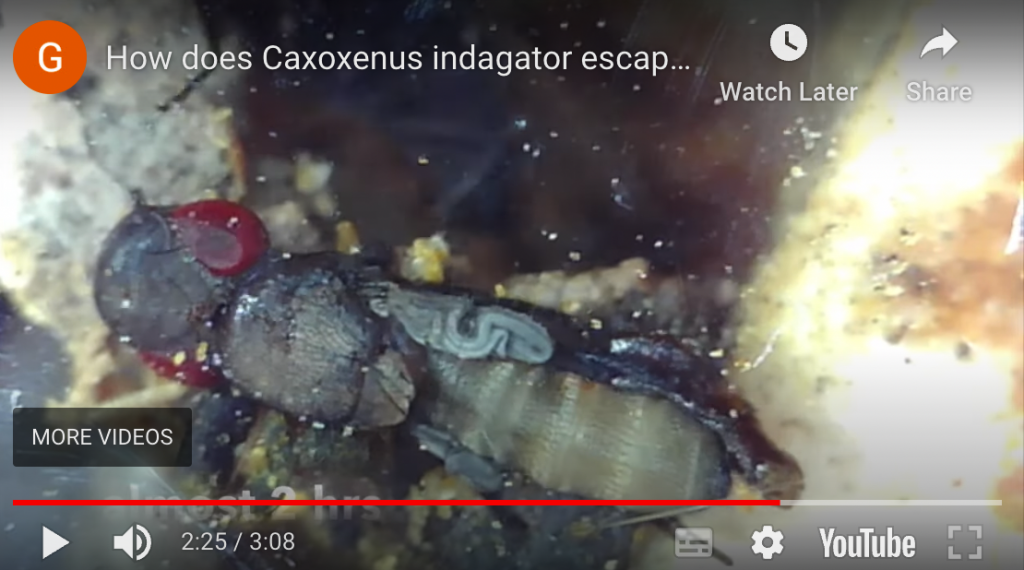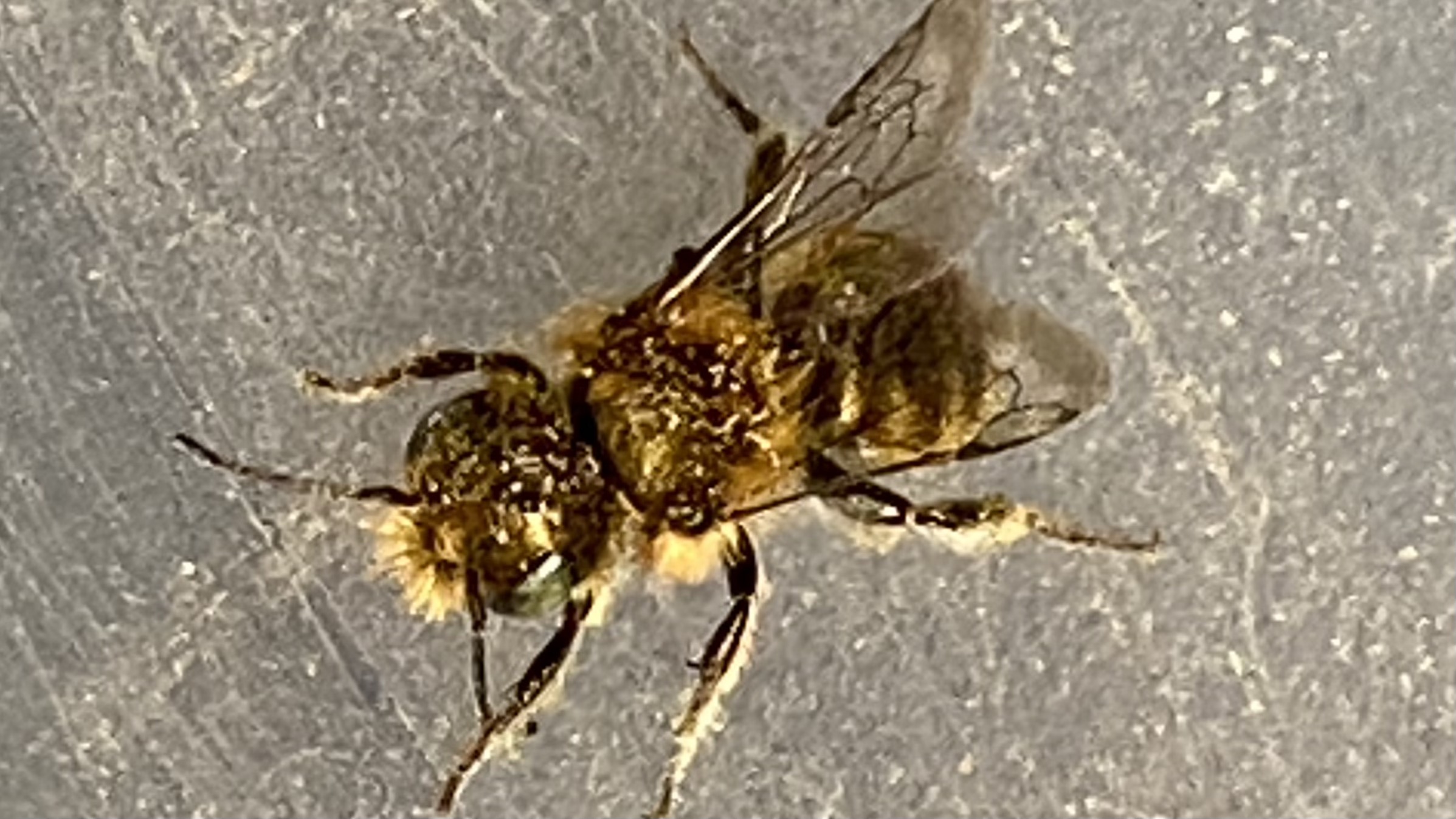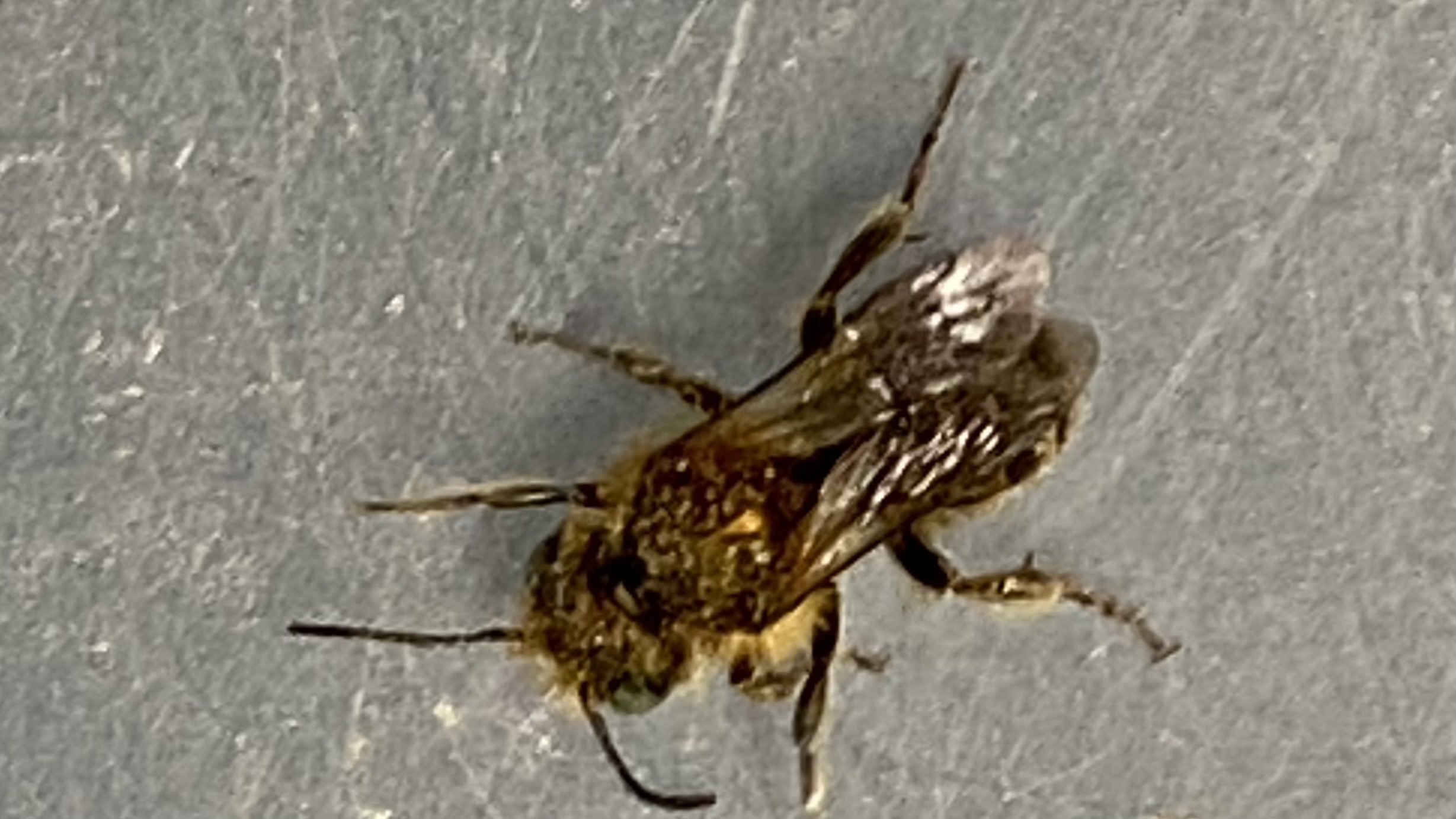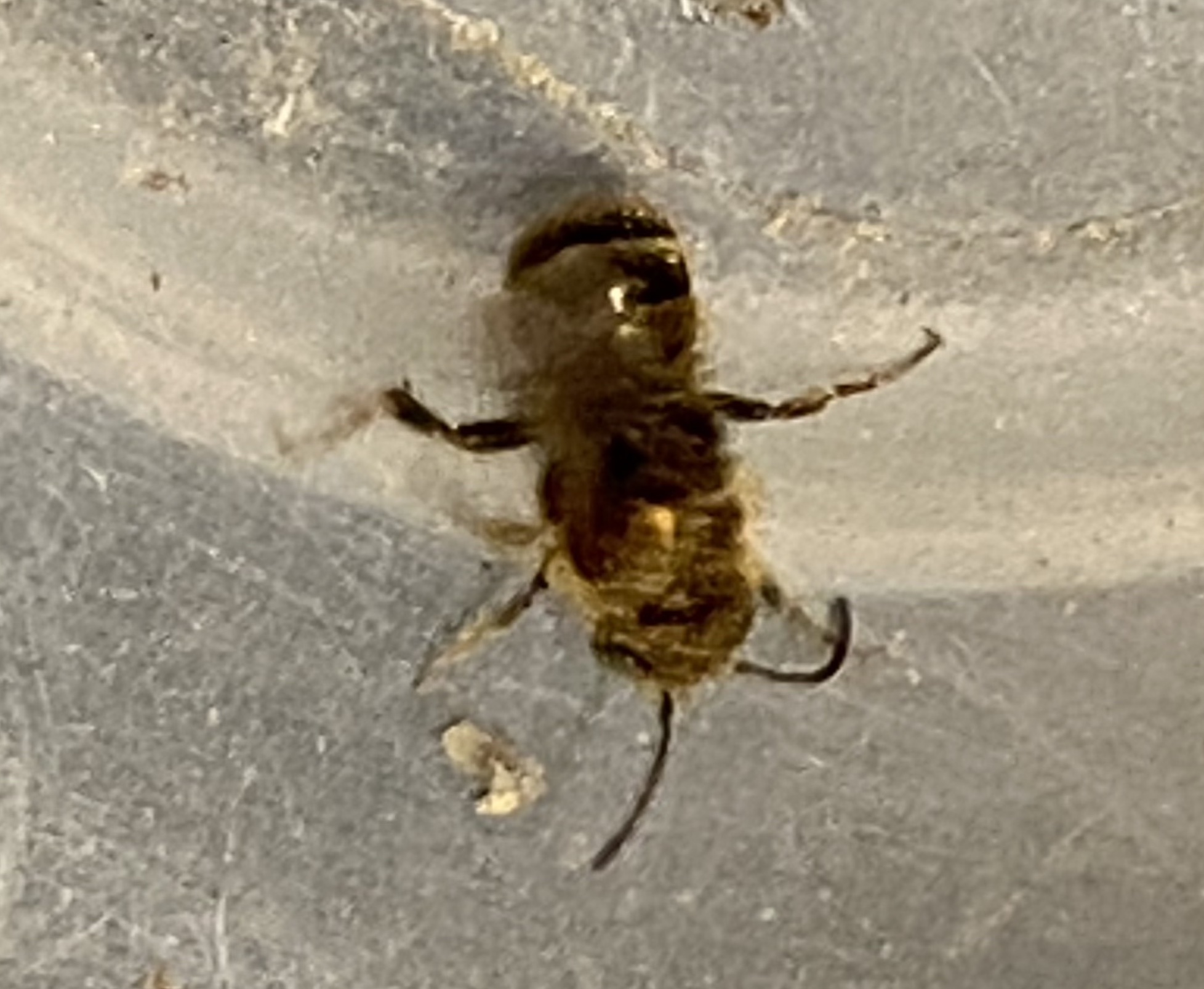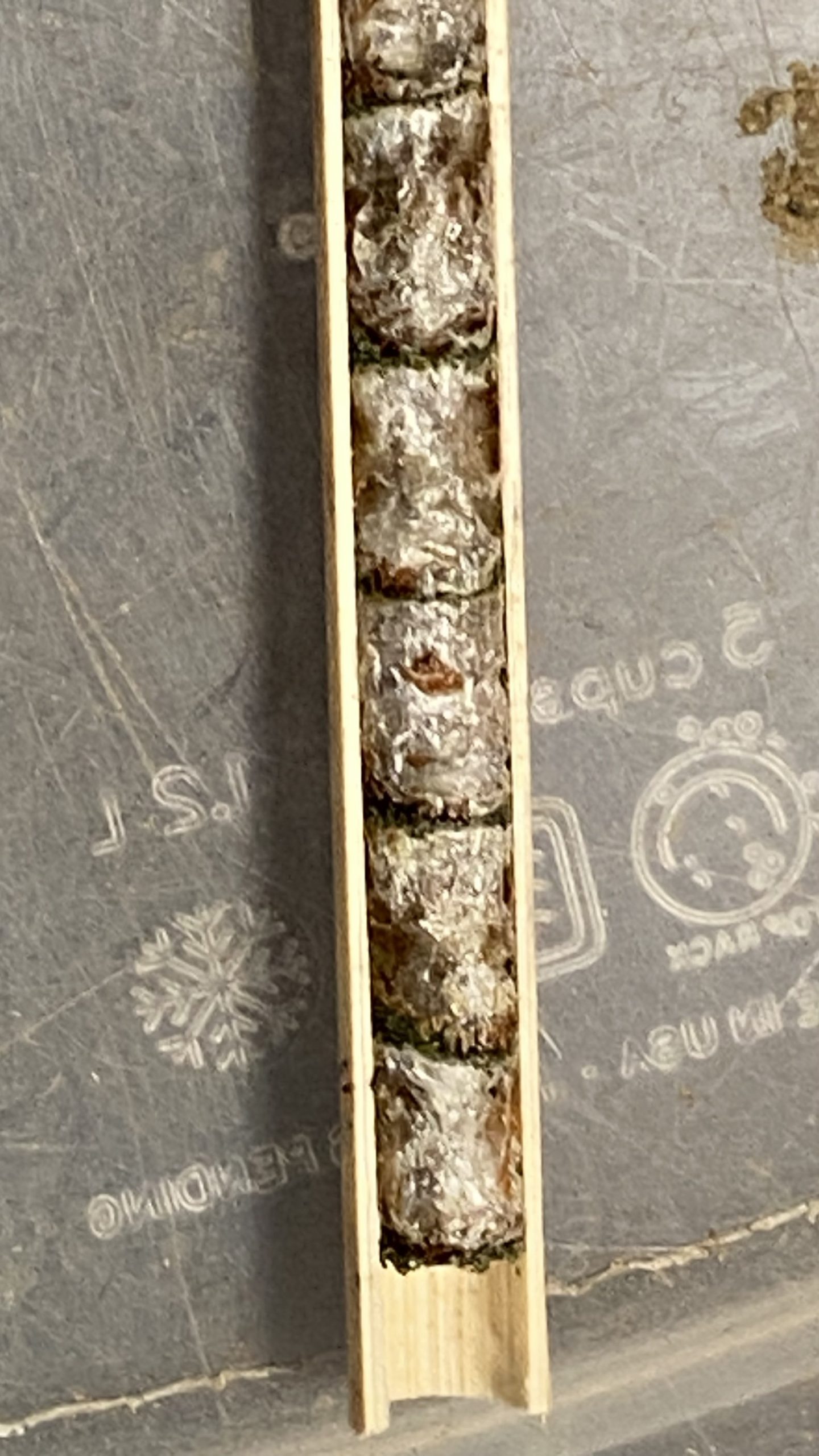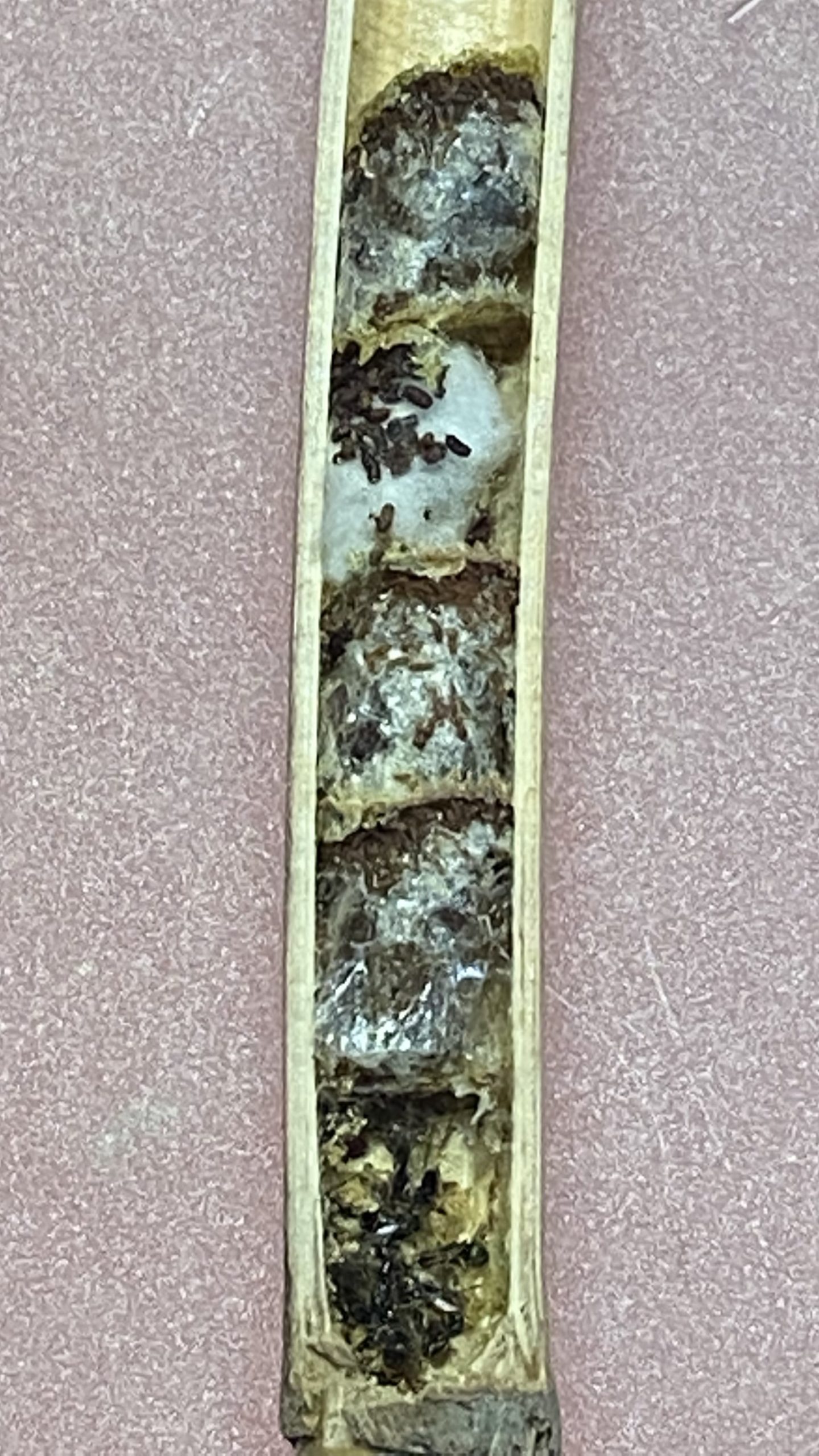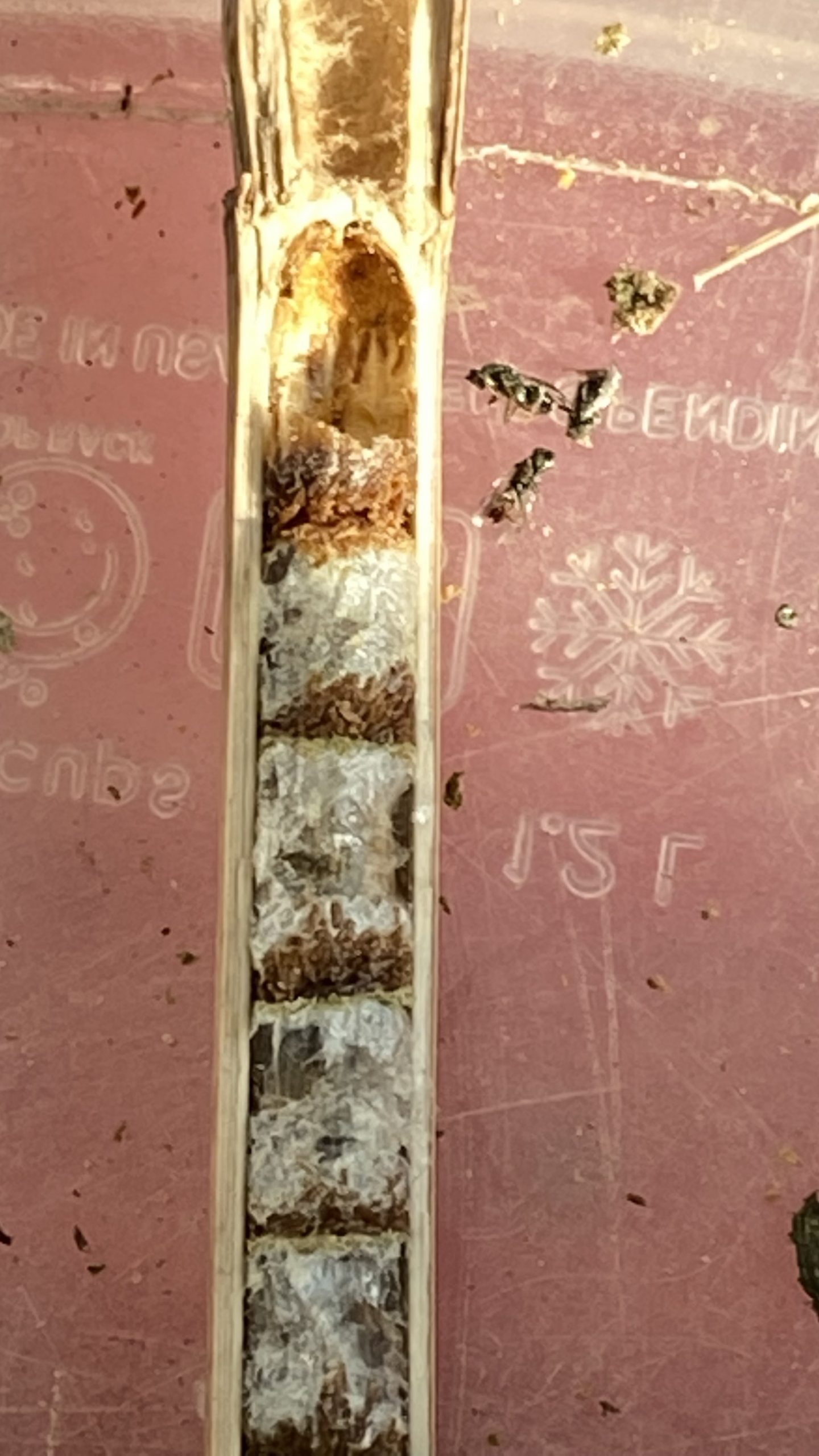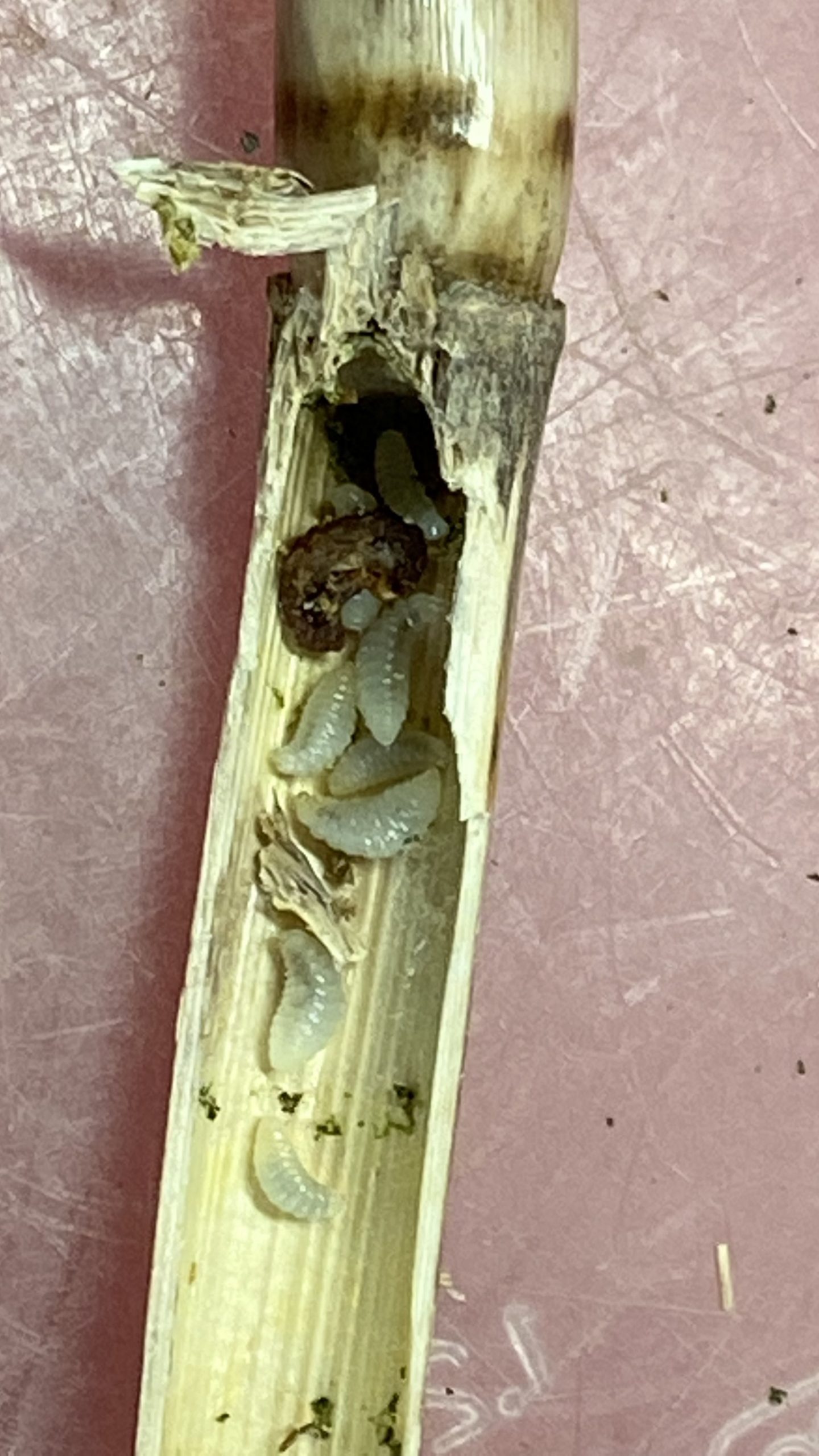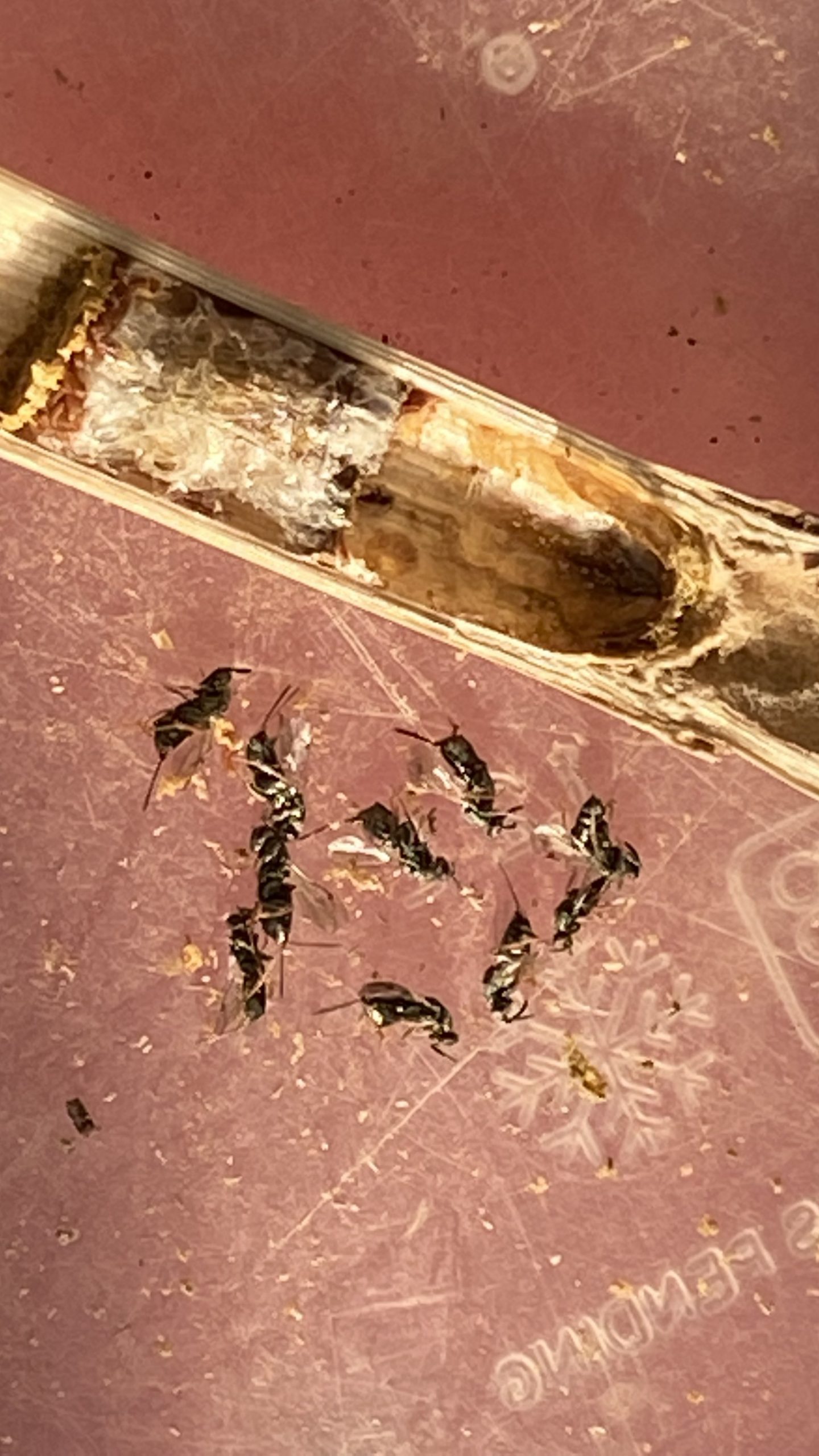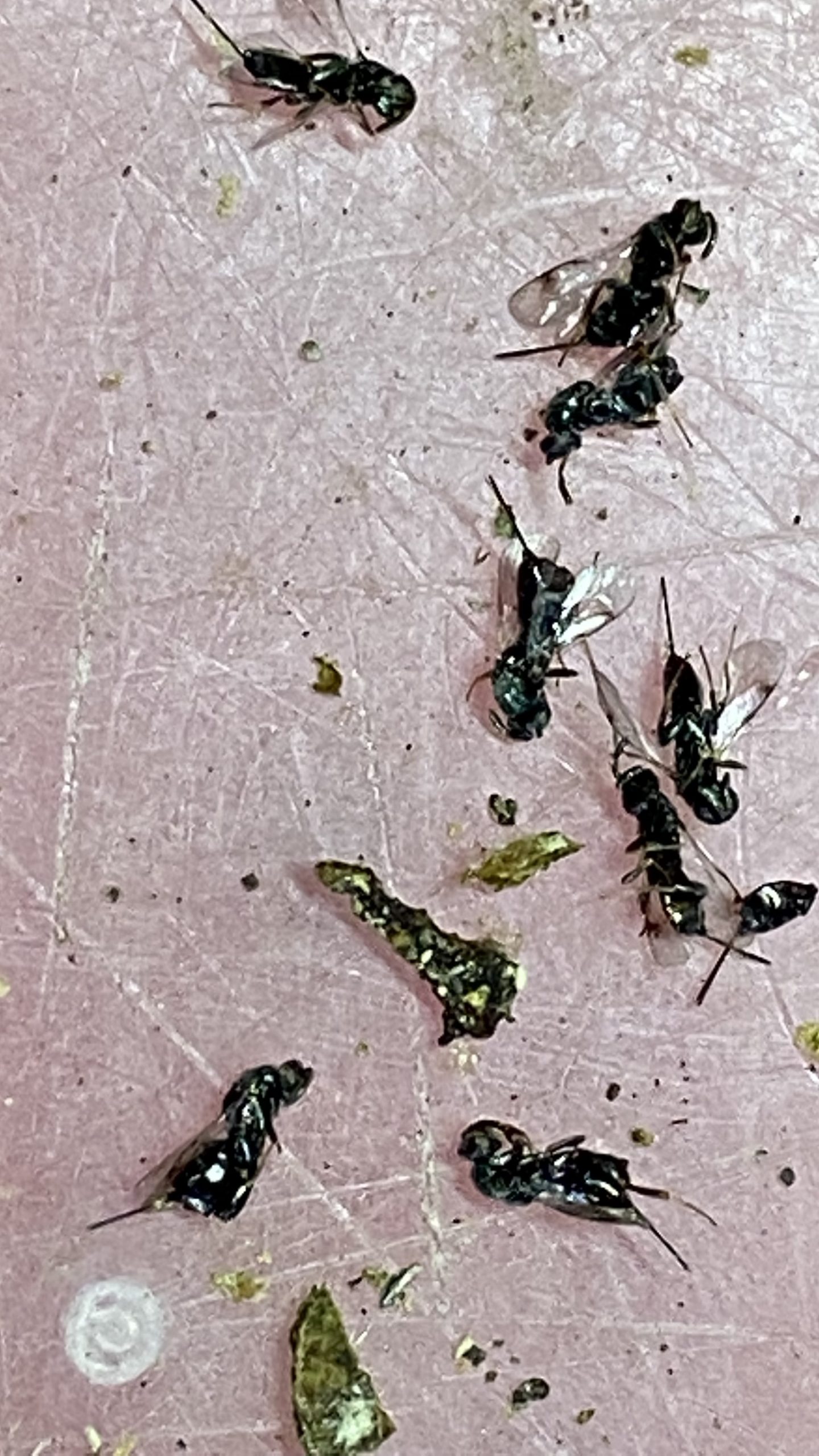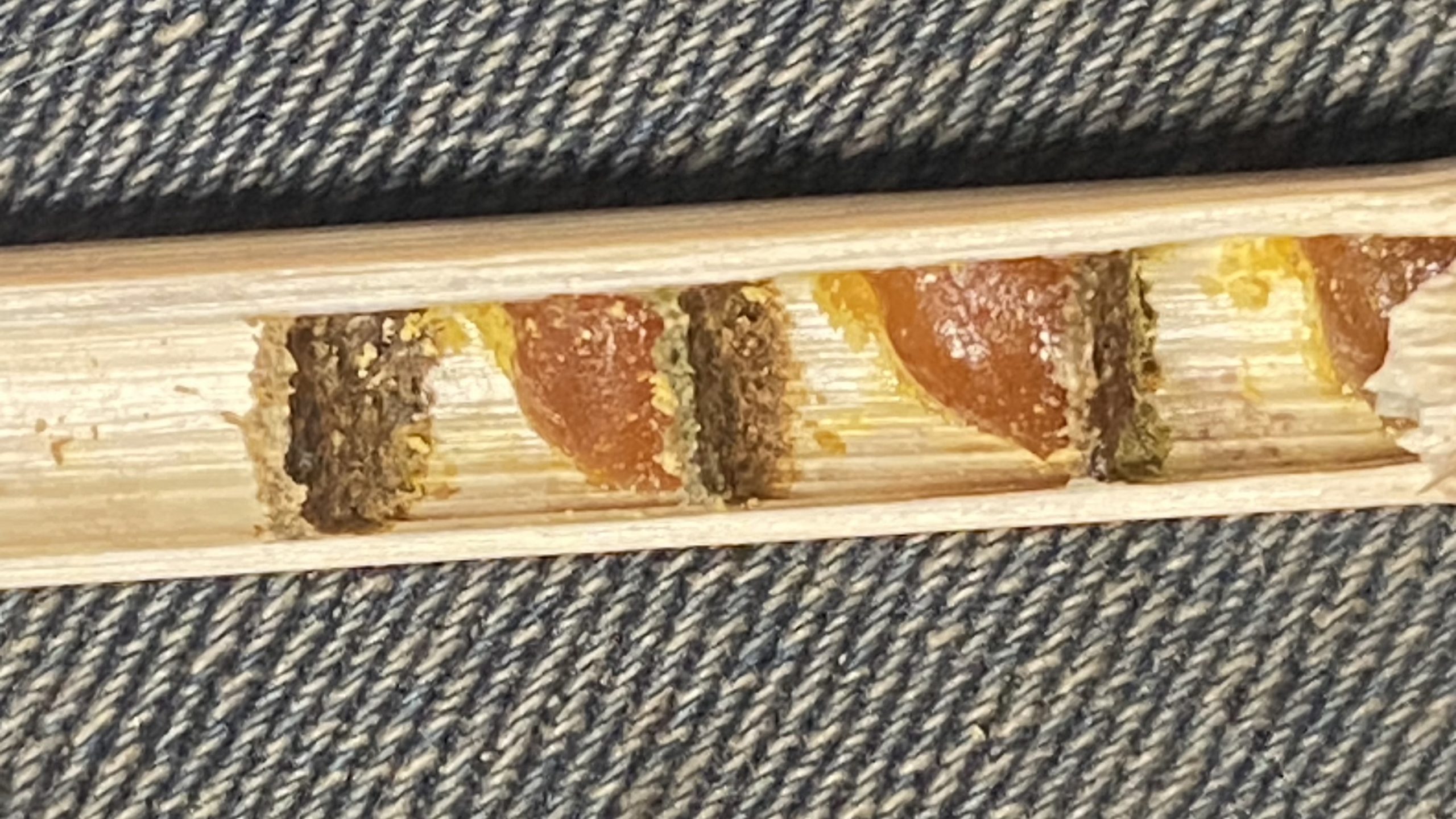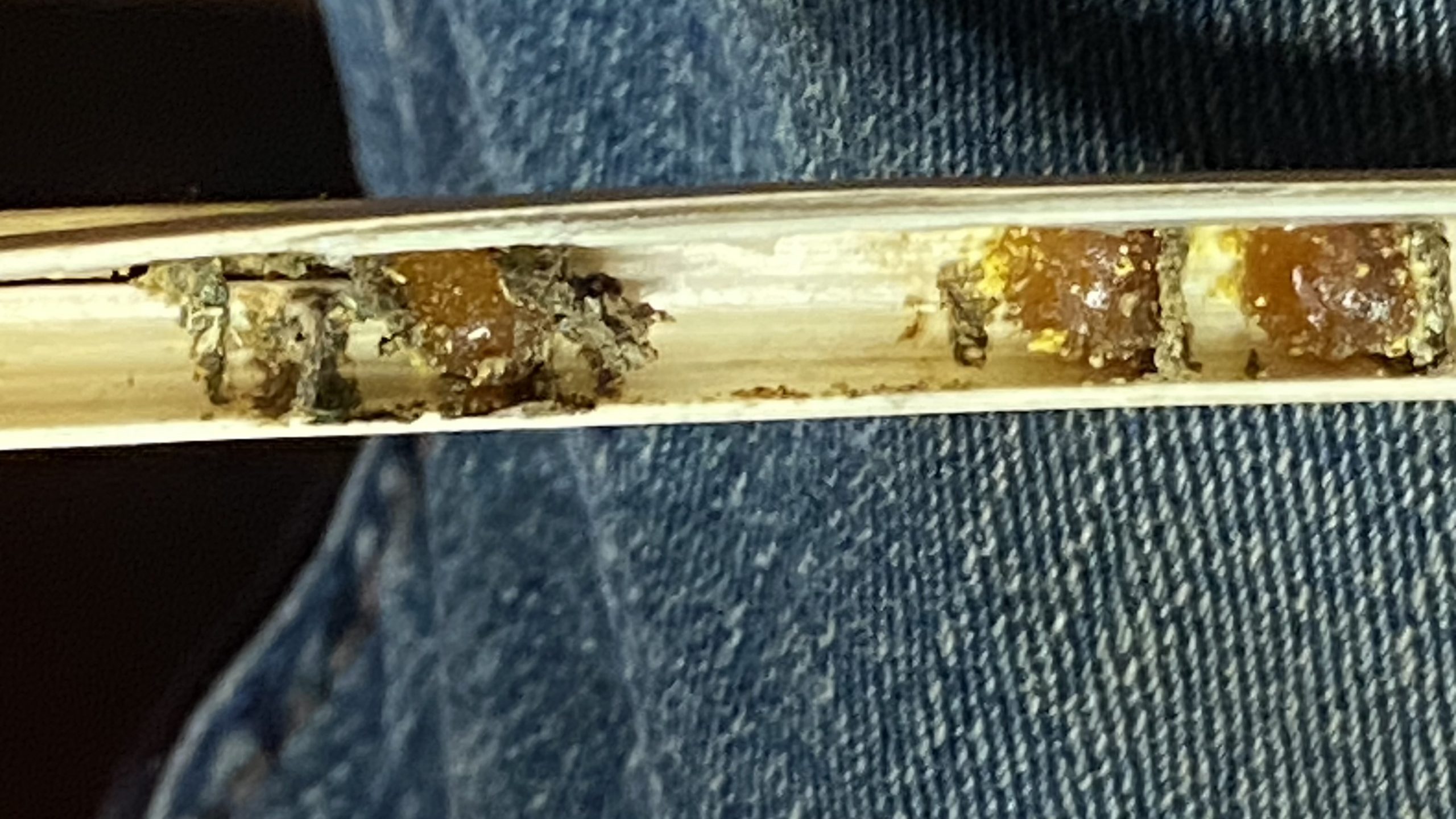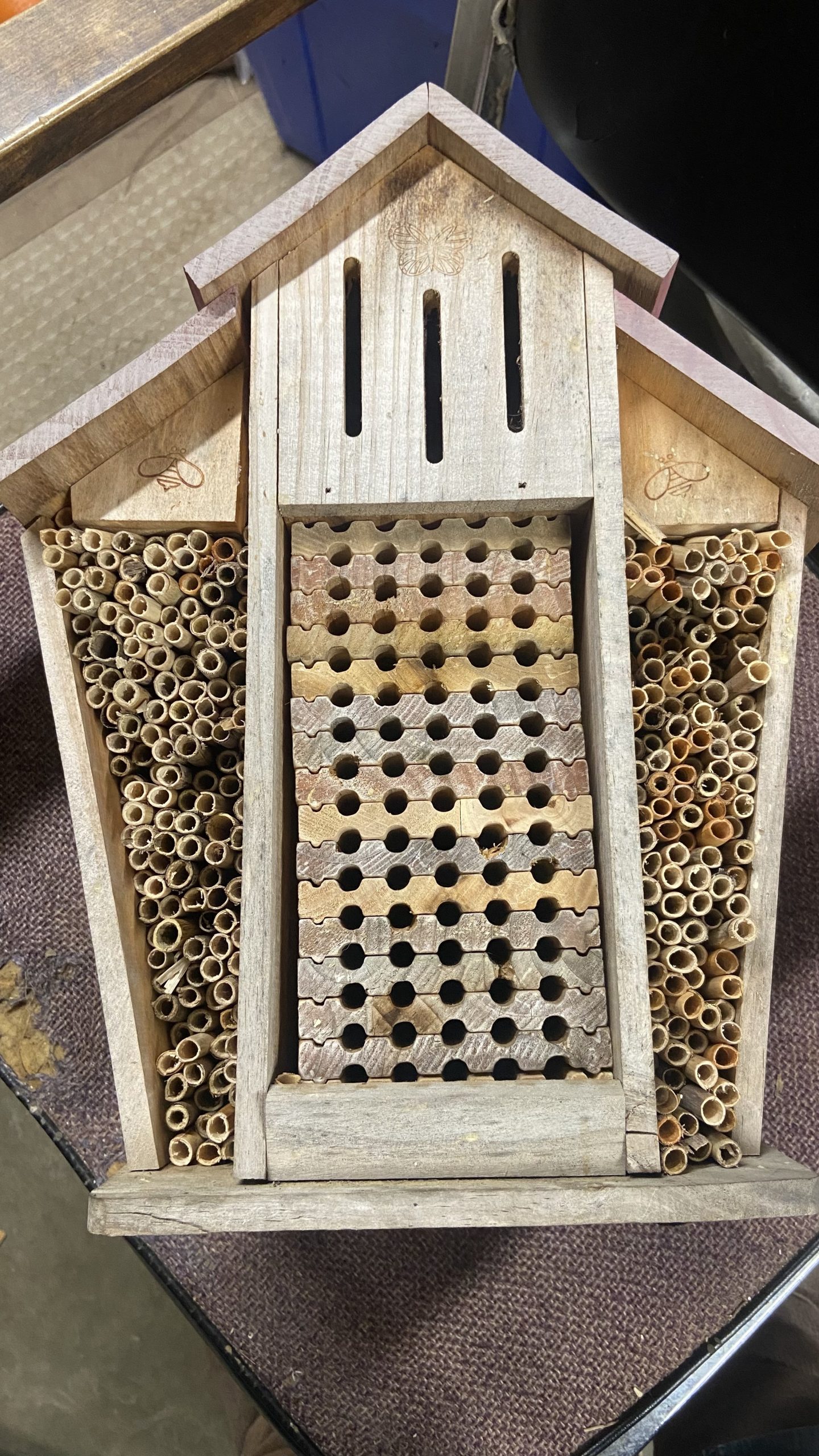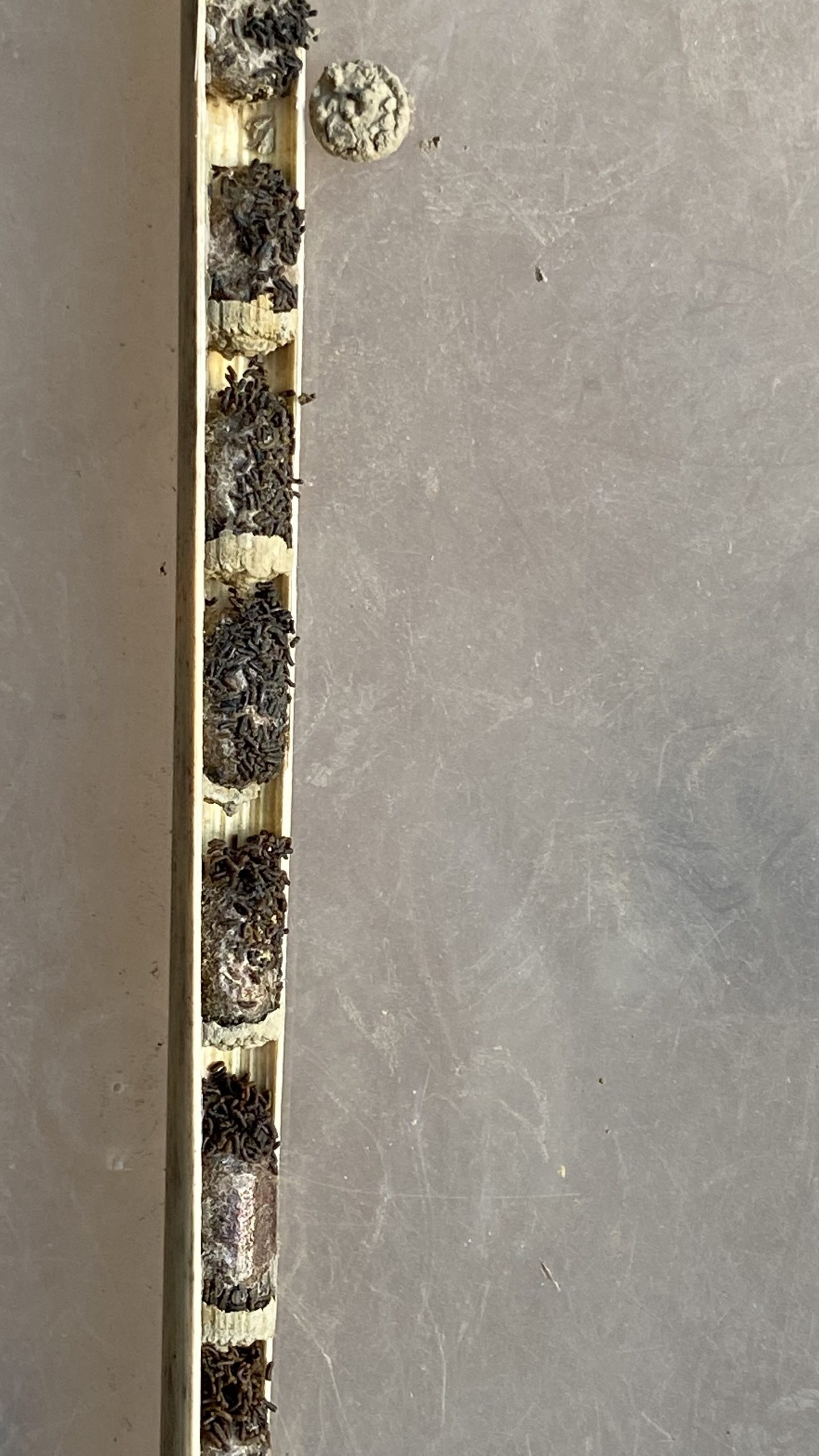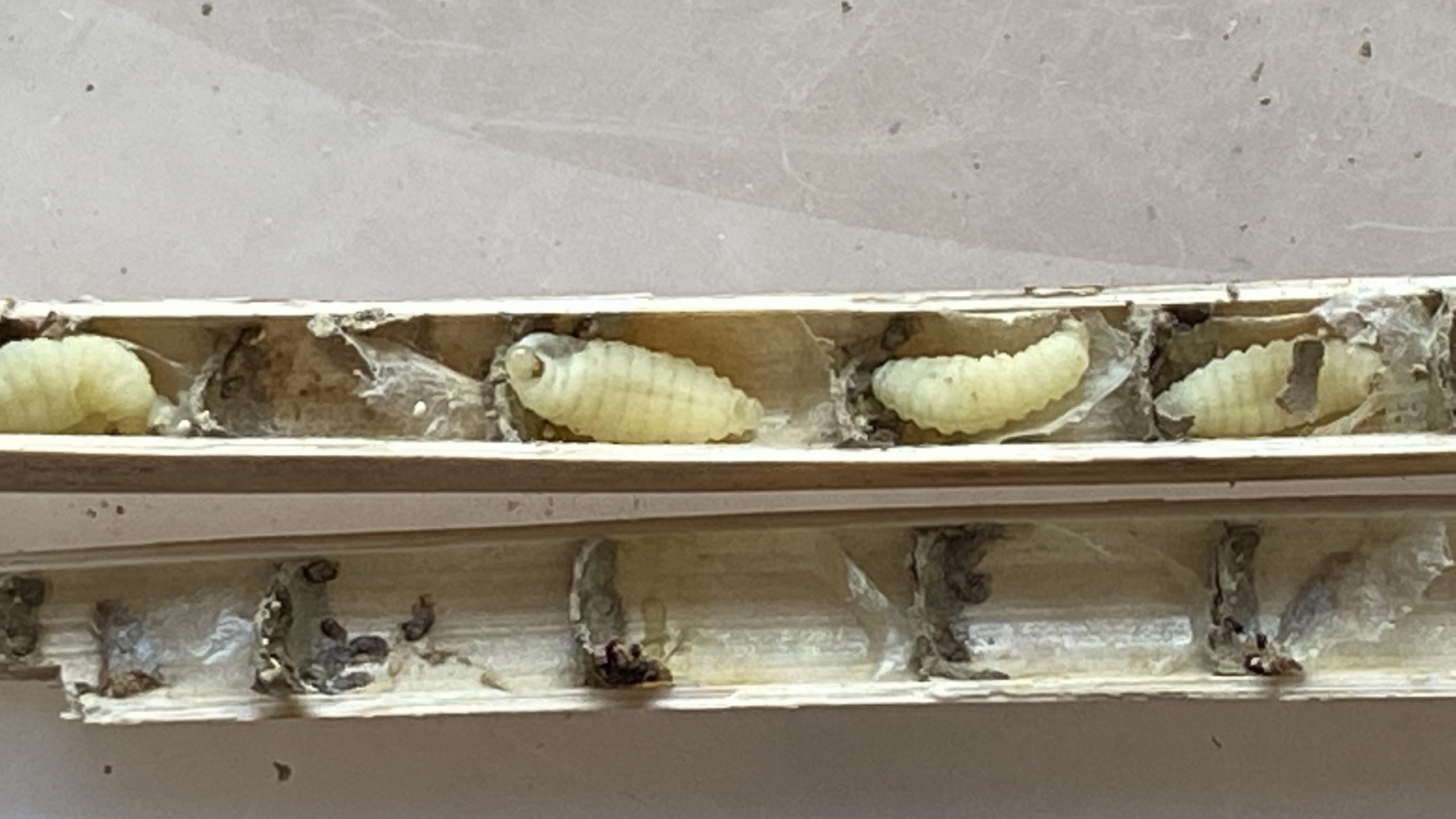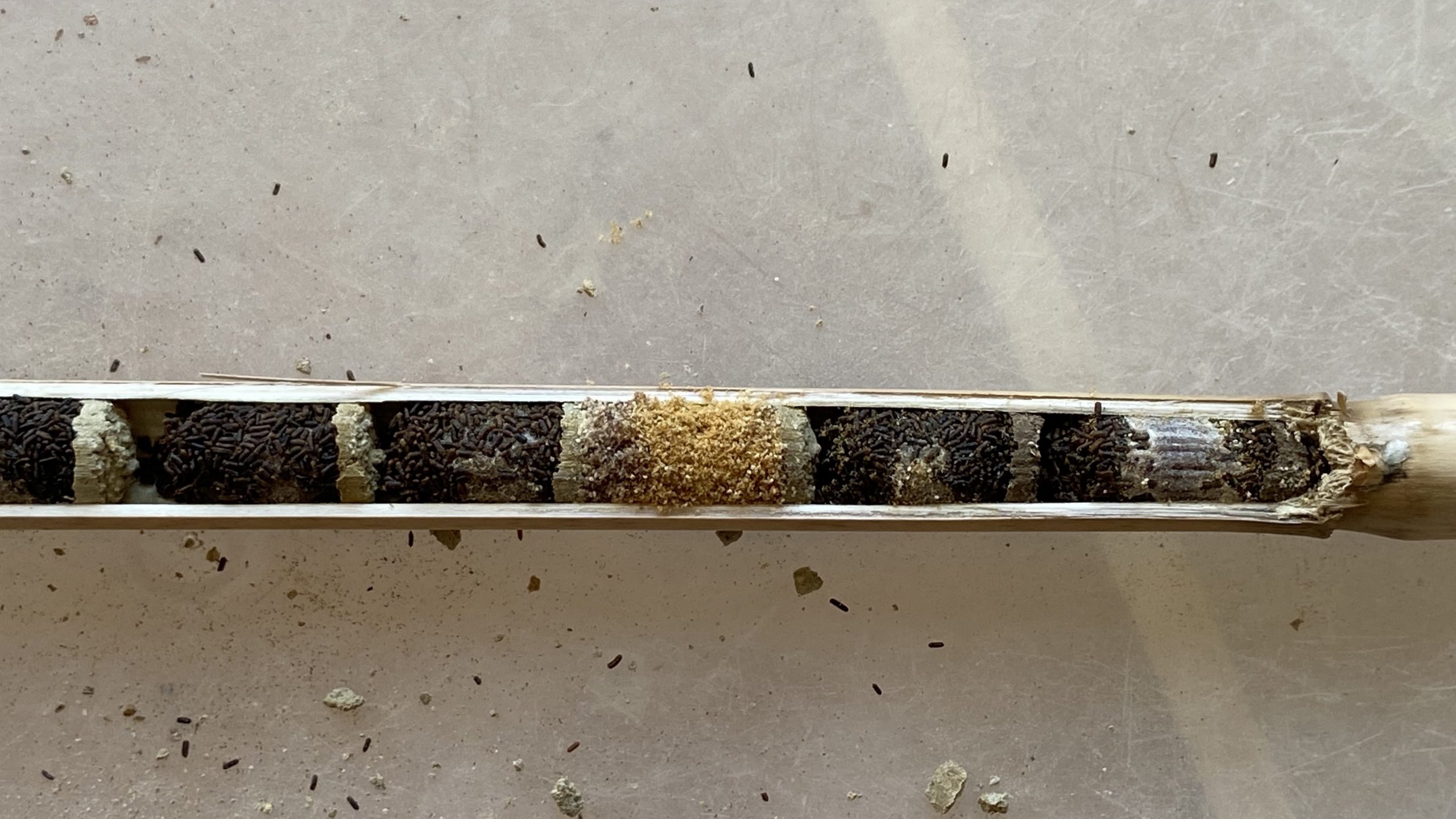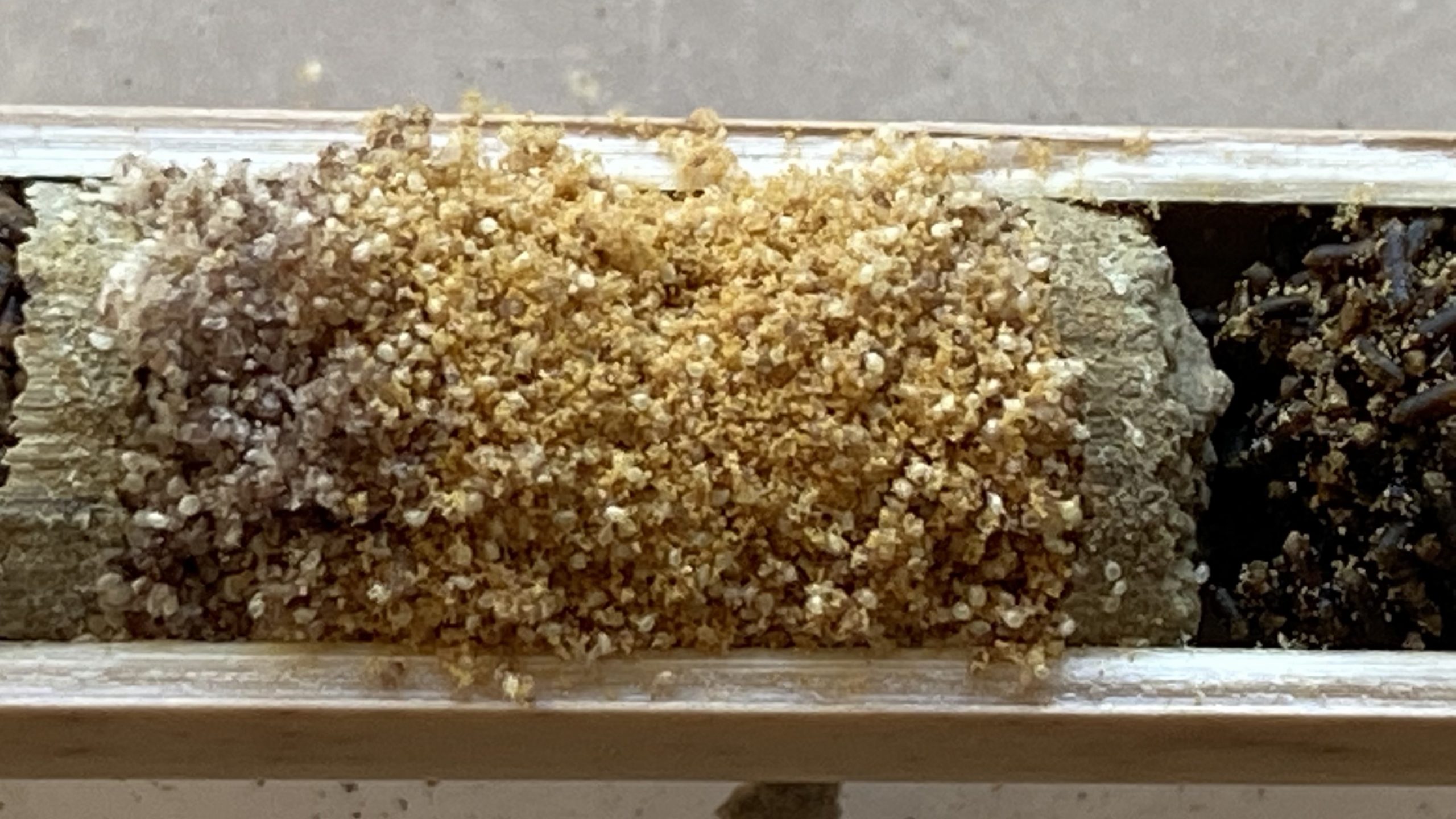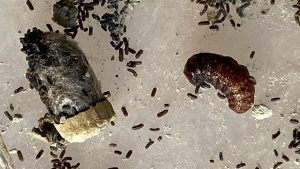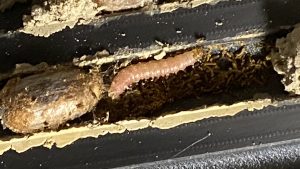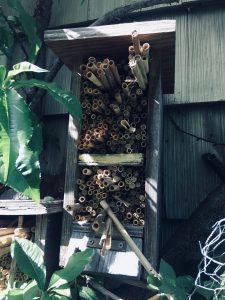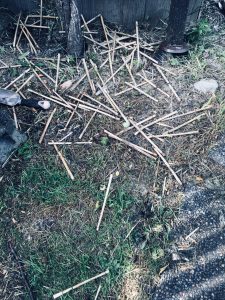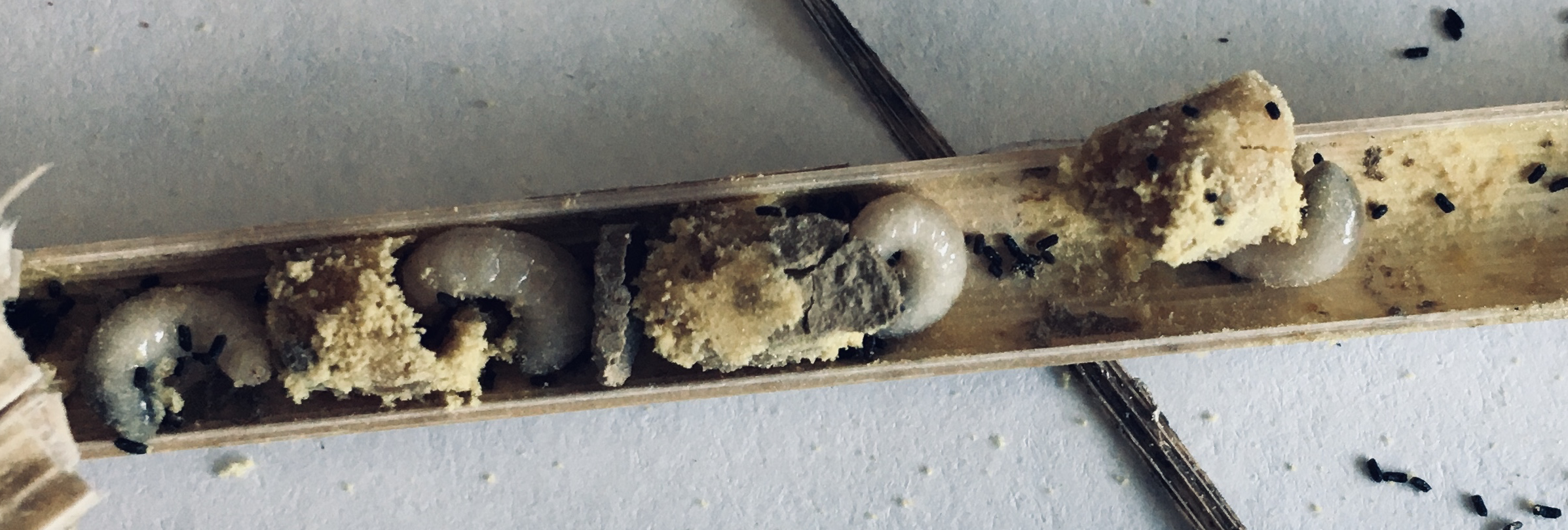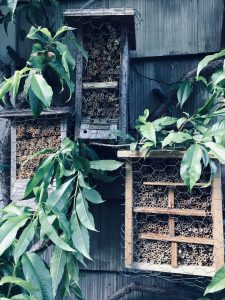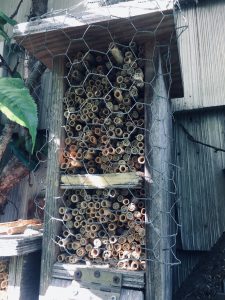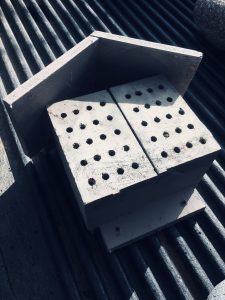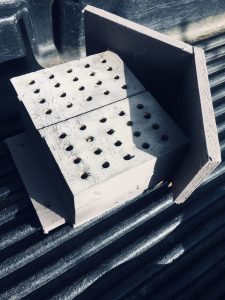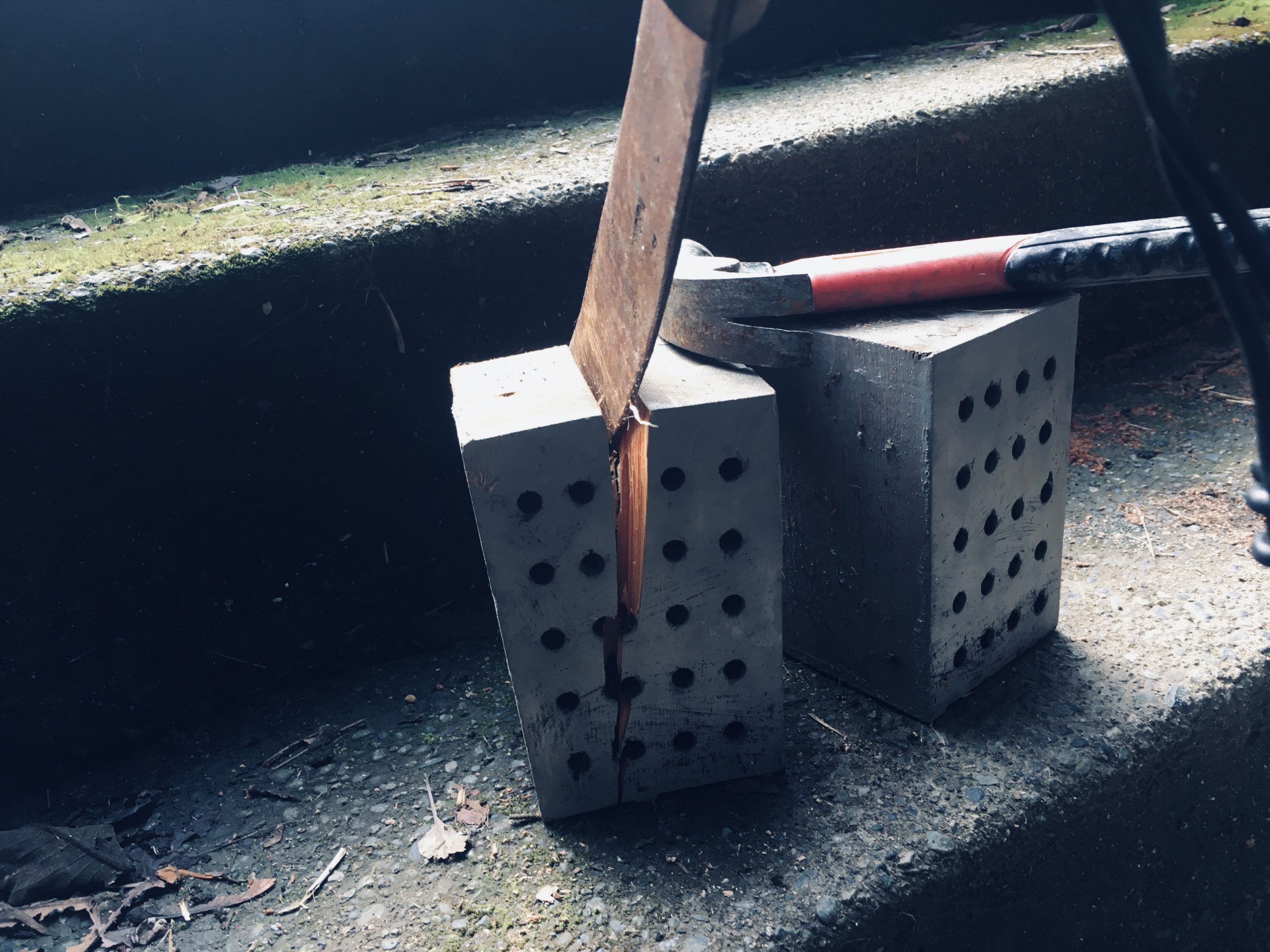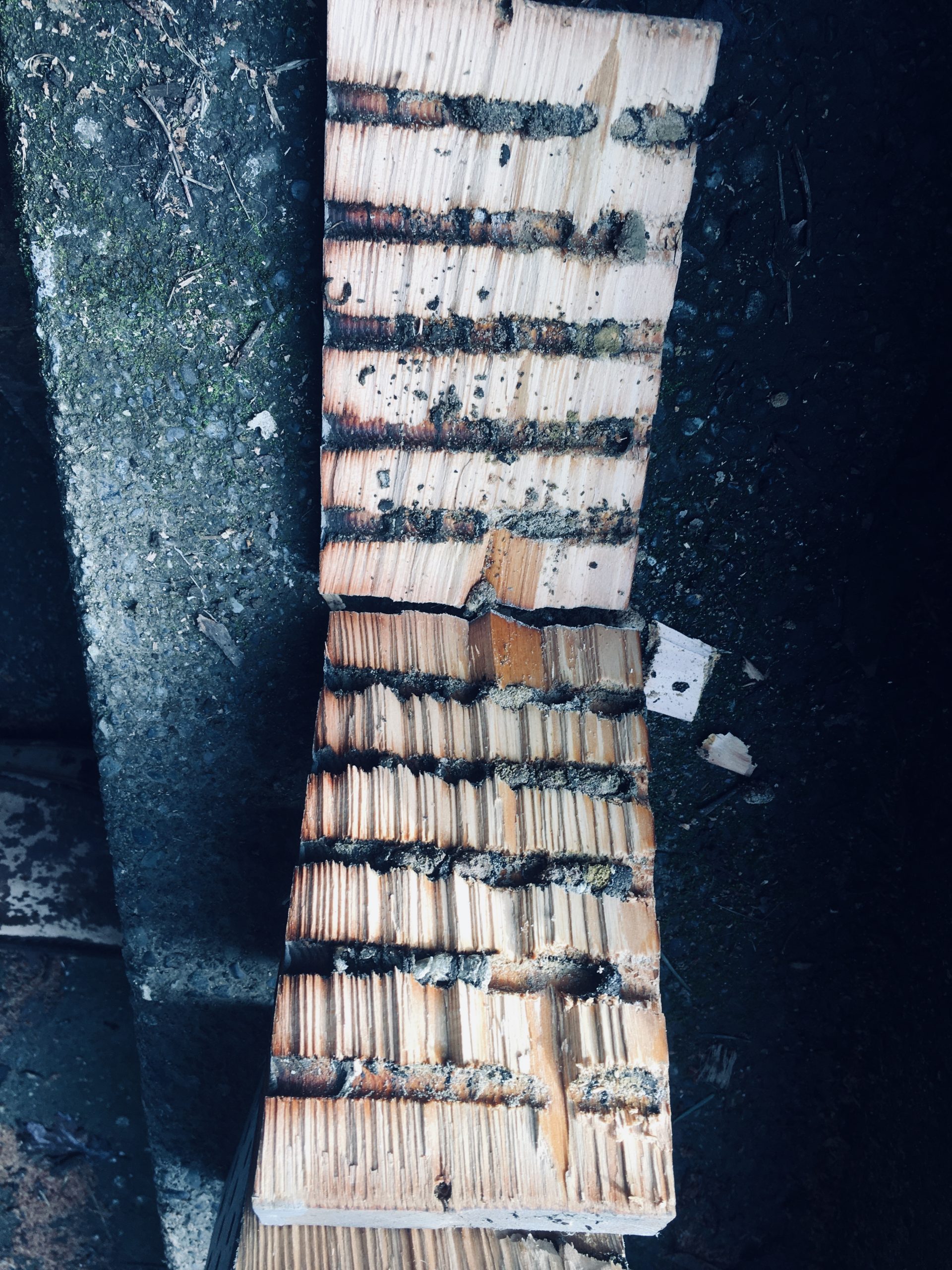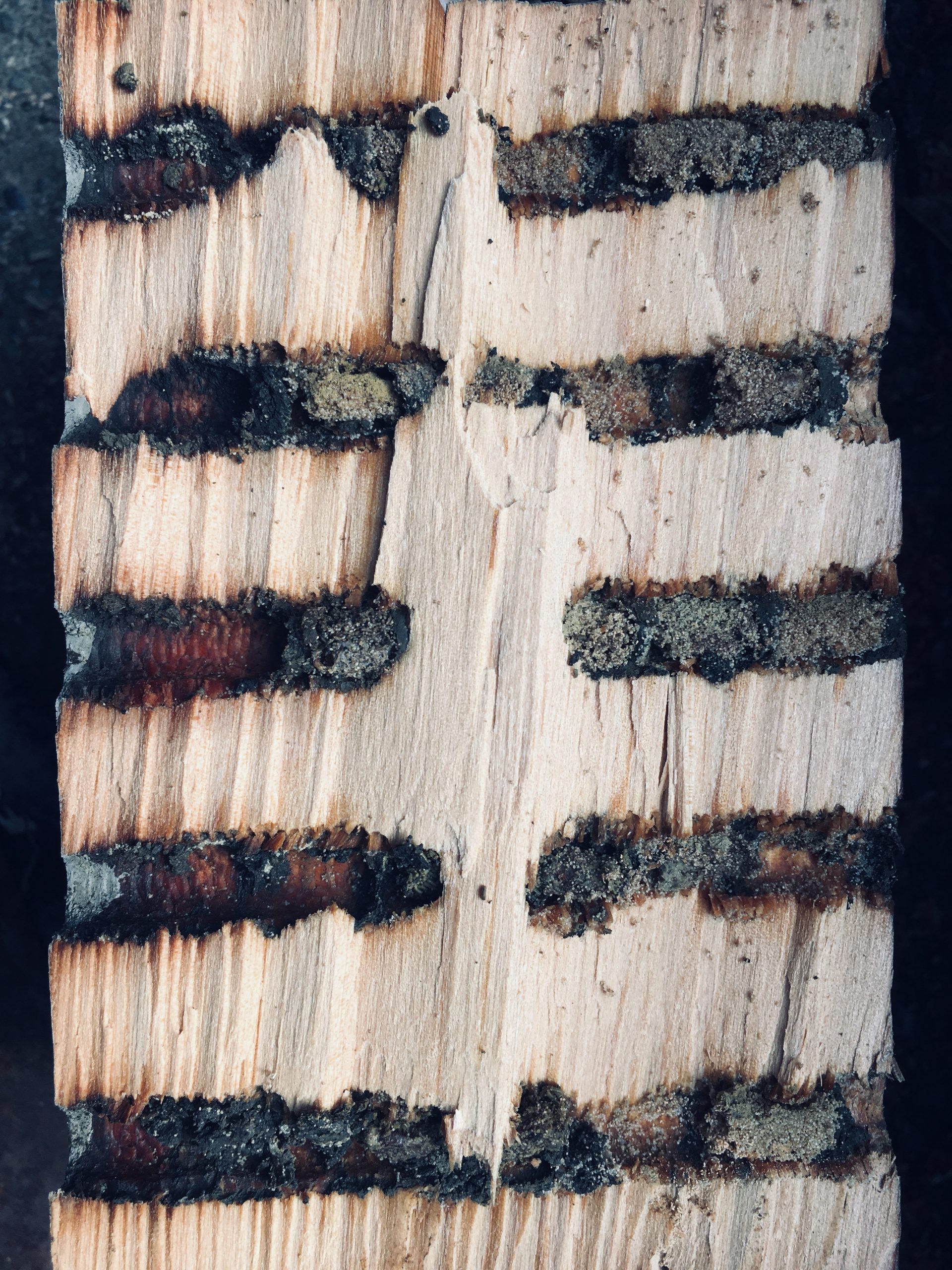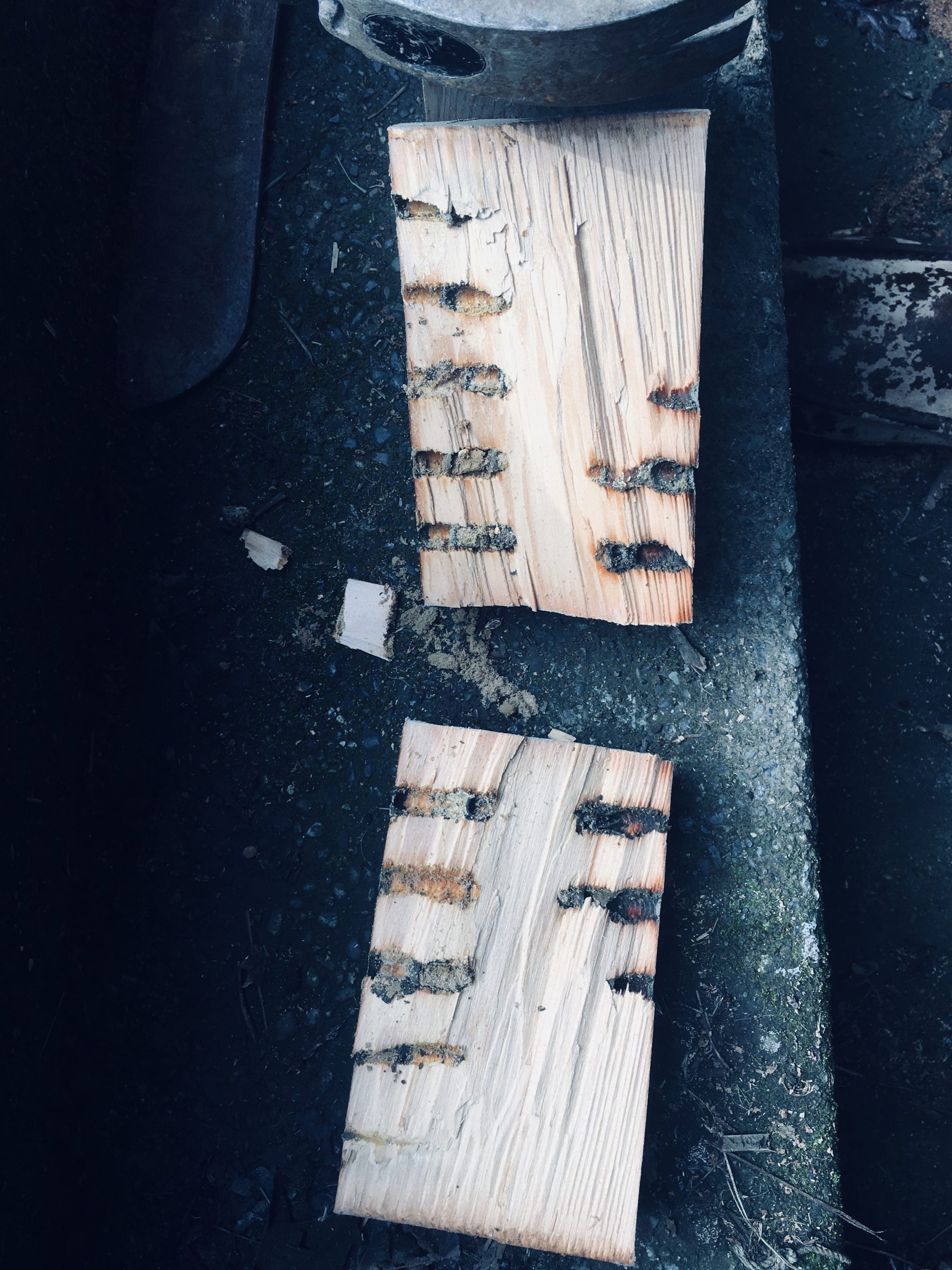In cleaning out my mason bee nest houses this fall I took the following photos showing some of the variety of pollinators and the parasites I encountered as well .
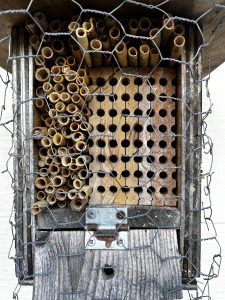 The first observation was that this was a very poor year for mason bee cocoon production. In many of the 10 houses like this that I set out on farms in the Metchosin area, there were barely enough cocoons to even break even with the amount of cocoons I had stocked the house with when I set it out in the spring. I believe that spring weather patterns played a big part in the problem
The first observation was that this was a very poor year for mason bee cocoon production. In many of the 10 houses like this that I set out on farms in the Metchosin area, there were barely enough cocoons to even break even with the amount of cocoons I had stocked the house with when I set it out in the spring. I believe that spring weather patterns played a big part in the problem
It may be that early warm spring weather followed by cooler and rainy weather where temperatures did not reach the necessary 13 degrees for several hours a day for hatching and pollination might have influenced the lack of success.
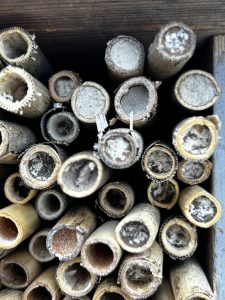 This image of the different types of sealed phragmites tubes shows the presence of different pollinators. note the smooth mud layer sealing versus the fibrous covering . The smooth ones can indicate the normal blue mason bee or very smooth ones, pollinator wasps ( see below) . The fibrous ones are typical of the smaller species of mason bee, also below.
This image of the different types of sealed phragmites tubes shows the presence of different pollinators. note the smooth mud layer sealing versus the fibrous covering . The smooth ones can indicate the normal blue mason bee or very smooth ones, pollinator wasps ( see below) . The fibrous ones are typical of the smaller species of mason bee, also below.
 This is what the normal sized blue mason bee cocoons look like in successful tubes. There can be up to 12 cocoons like this in a phragmites tube.
This is what the normal sized blue mason bee cocoons look like in successful tubes. There can be up to 12 cocoons like this in a phragmites tube.
I noticed his year for the first time that long curly frass like this often was an indicator of the cocoon being parasitized by the mono wasp so I would separate these out and candle them later .
This was another parasite finding. the Houdini Fly for which I have provided a separate post for here.
Another different looking cocoon is from a smaller species of mason bee. These are found in the tubes with a fibrous sealant as mentioned above.
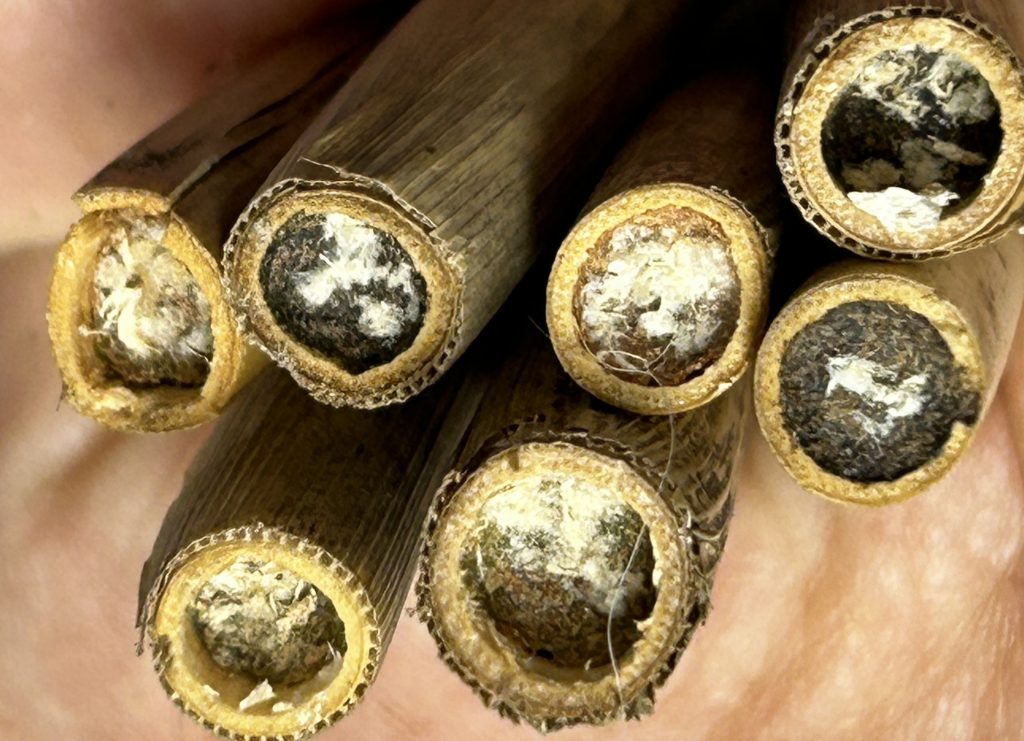
 The cocoons of the smaller version of mason bees appear with a silvery coating over them . Identification of some of the mason bee species is difficult. I have included many on my iNaturalist site at https://www.inaturalist.org/observations?subview=table&taxon_id=630955&user_id=garryfletcher
The cocoons of the smaller version of mason bees appear with a silvery coating over them . Identification of some of the mason bee species is difficult. I have included many on my iNaturalist site at https://www.inaturalist.org/observations?subview=table&taxon_id=630955&user_id=garryfletcher
I also found several tubes where several species of mason bee had shared the same tube, although this is not very common. Here you can see the three larger blue mason bee cocoons near the bottom
Below are some of the different small sized mason bees that hatched this year
So my last message is that you need to be prepared for several alternatives when you open your Phragmites tubes in September and don’t throw away those other good pollinator species.
See also this post on Some more new pollinators from last year
Also see this post on other pollinator species and on the mason bee mites
This link is to an iNaturalist curator , Dr. John Ascher who is an expert on pollinator bees
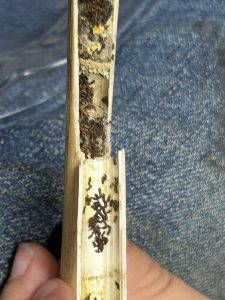 The black cigar-shaped pellets are frass , or bee manure. They often totally cover a cocoon as is shown here in this photo.
The black cigar-shaped pellets are frass , or bee manure. They often totally cover a cocoon as is shown here in this photo. 

